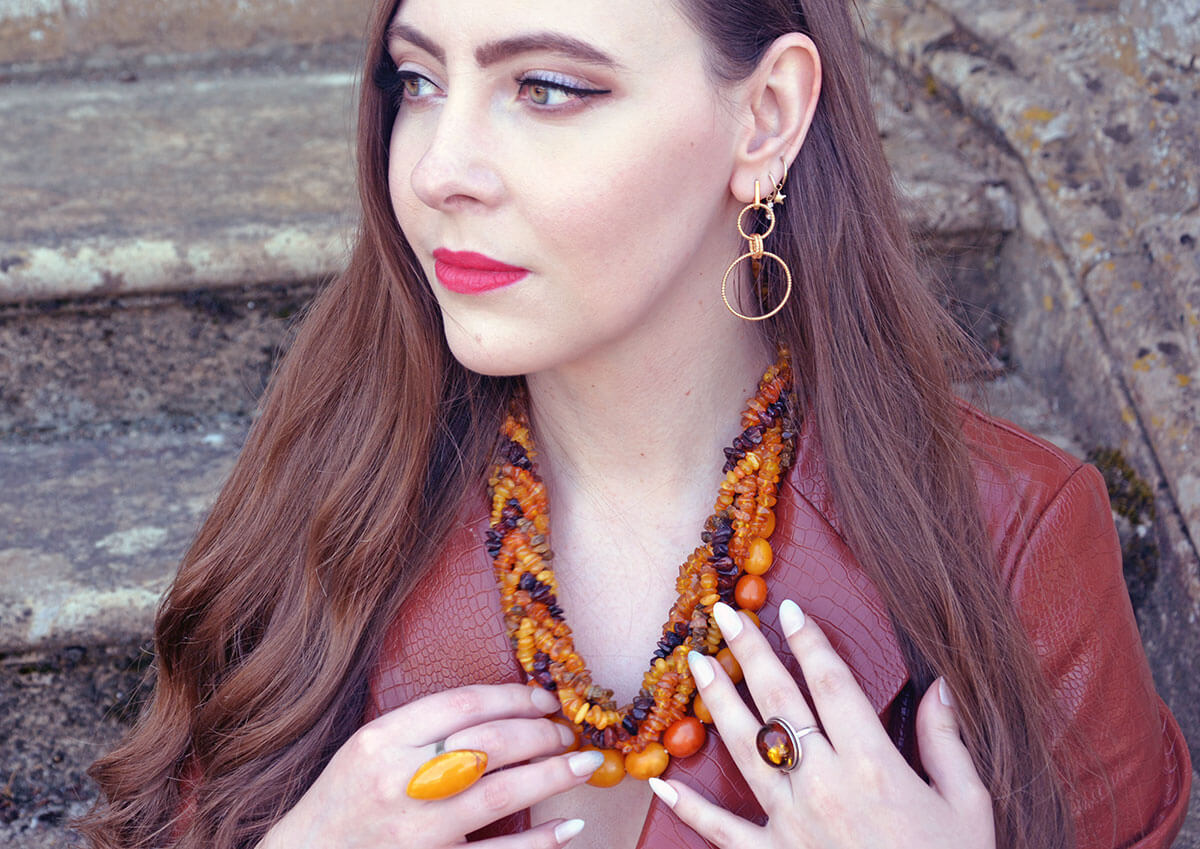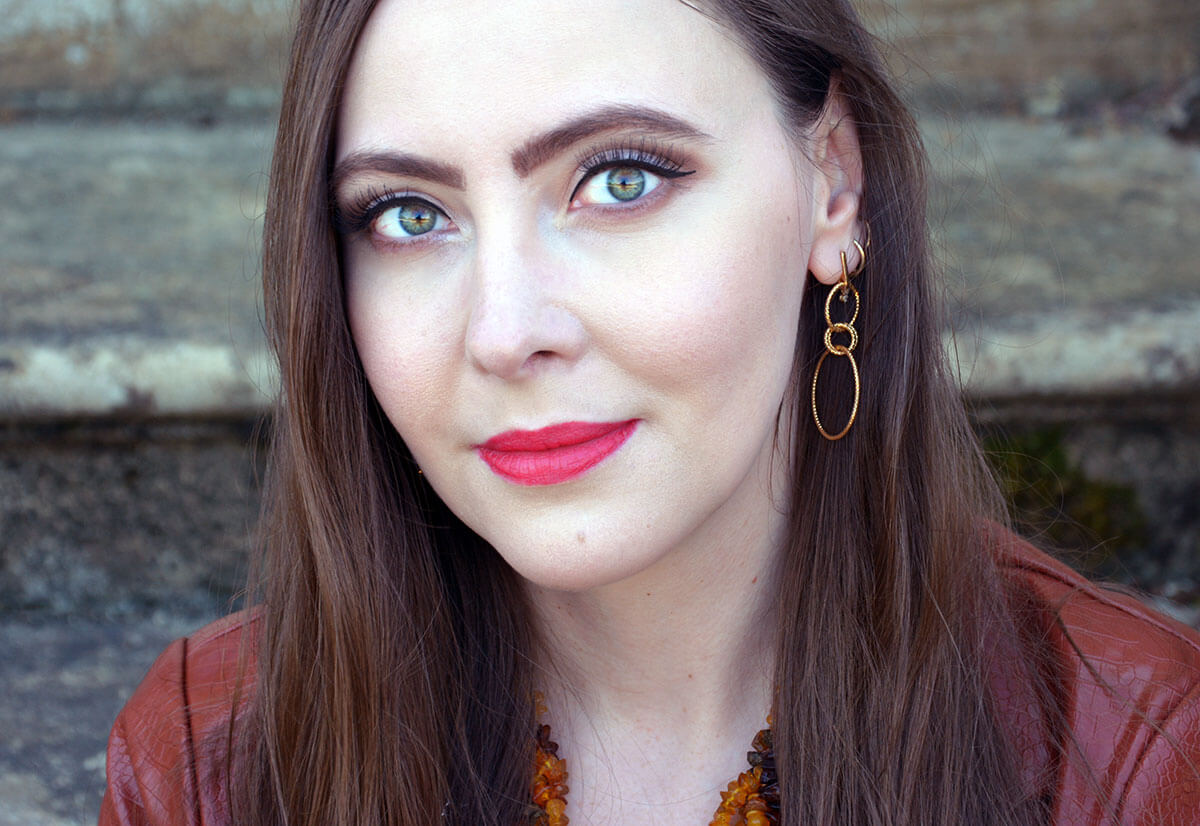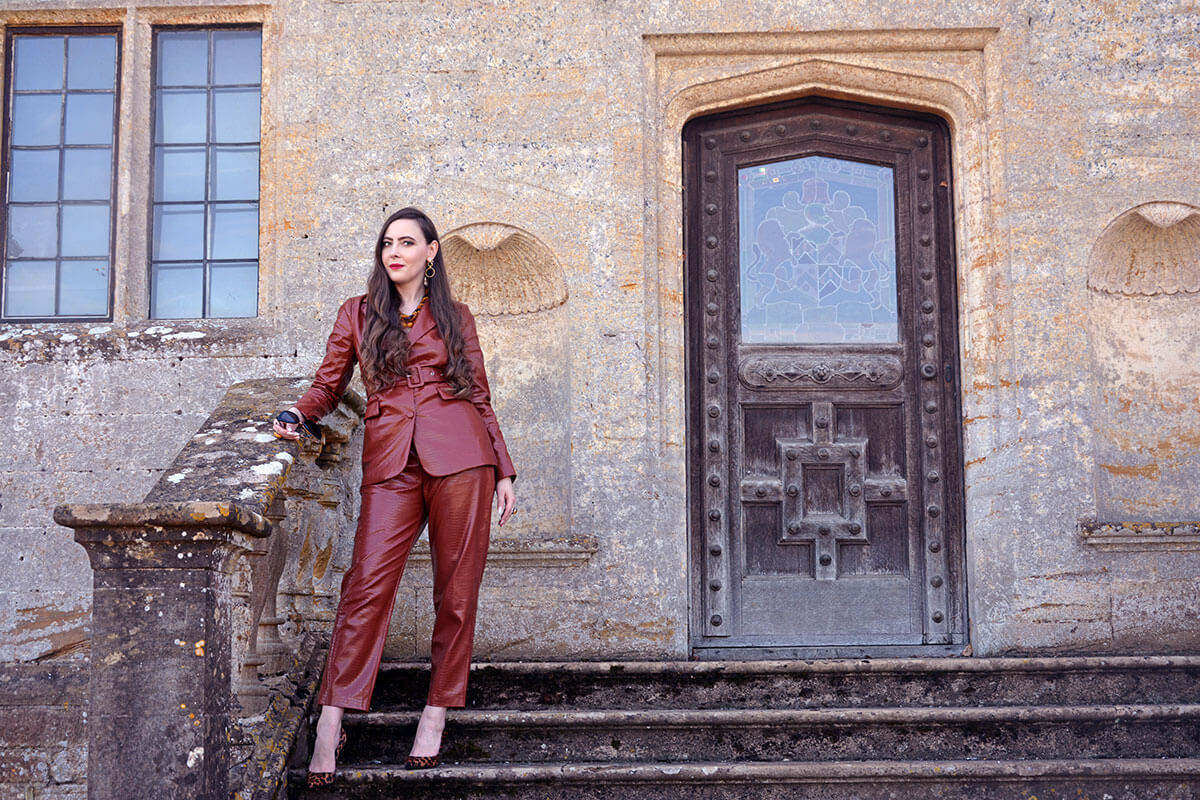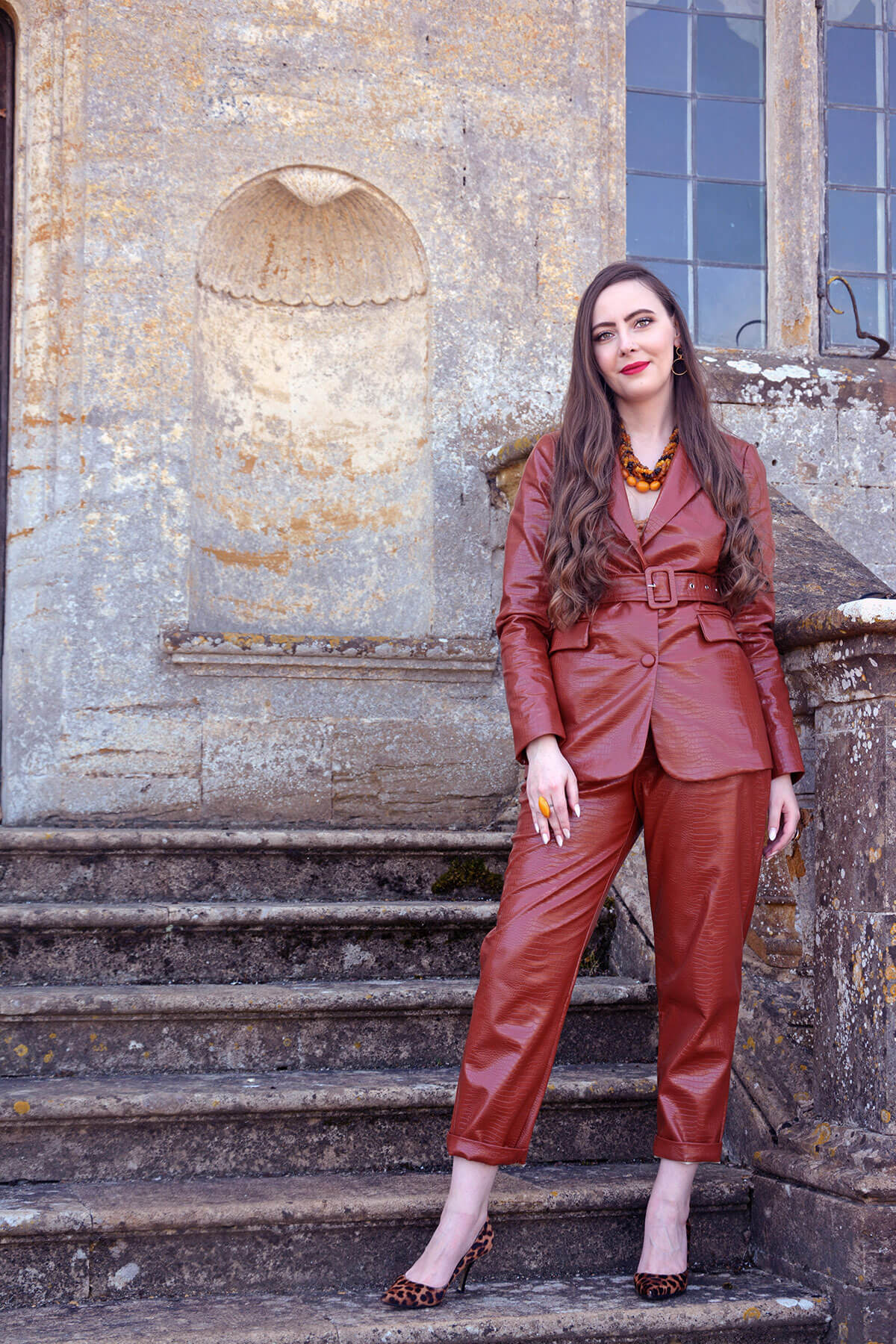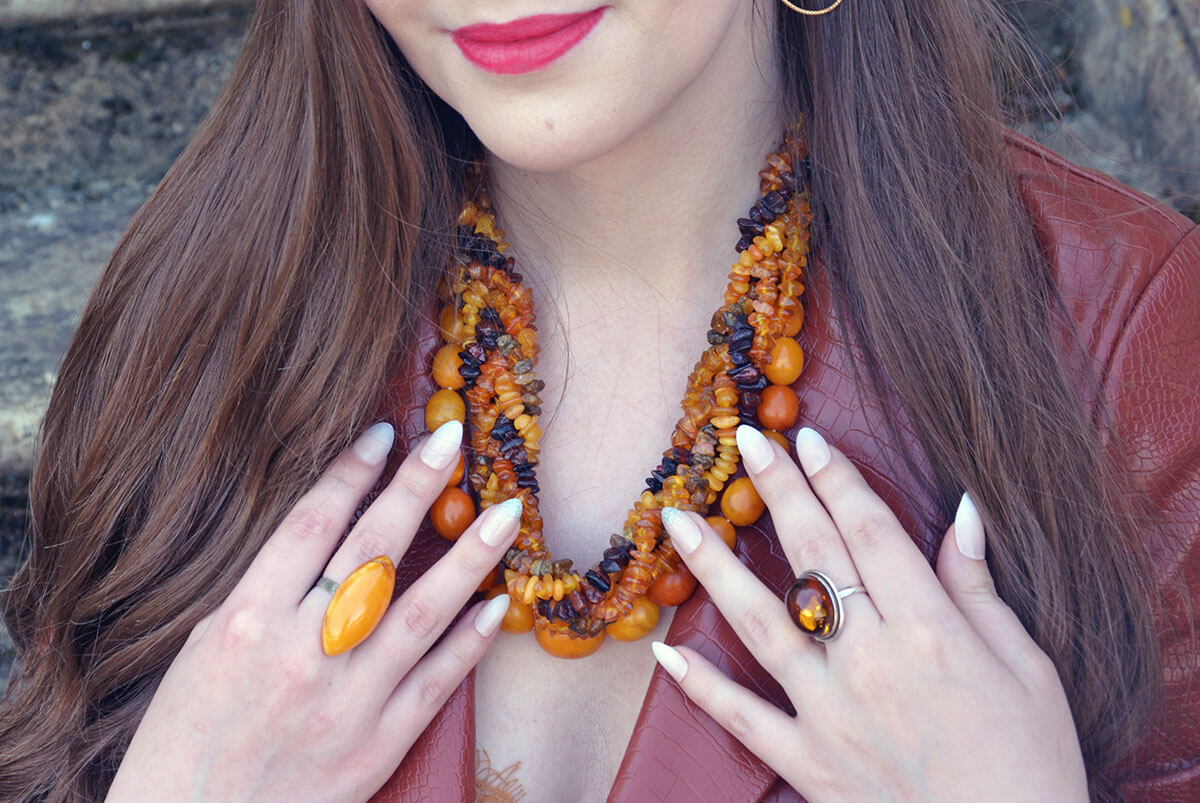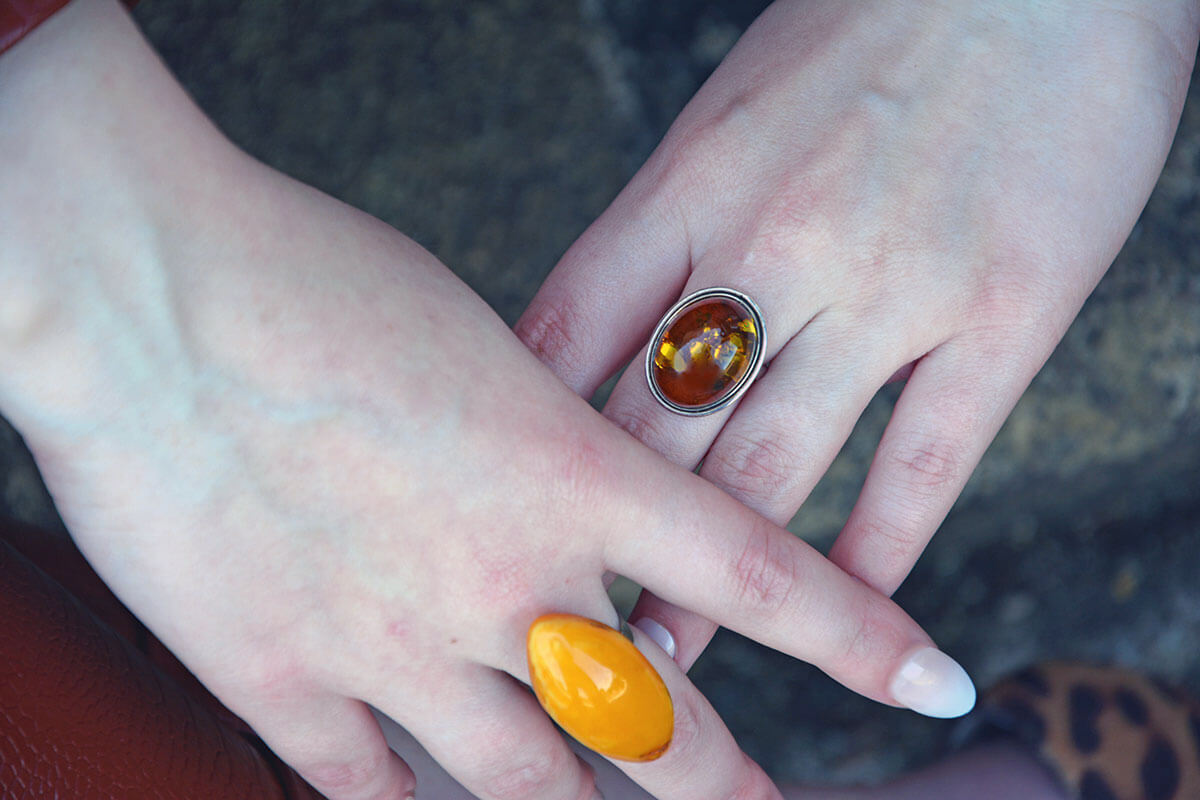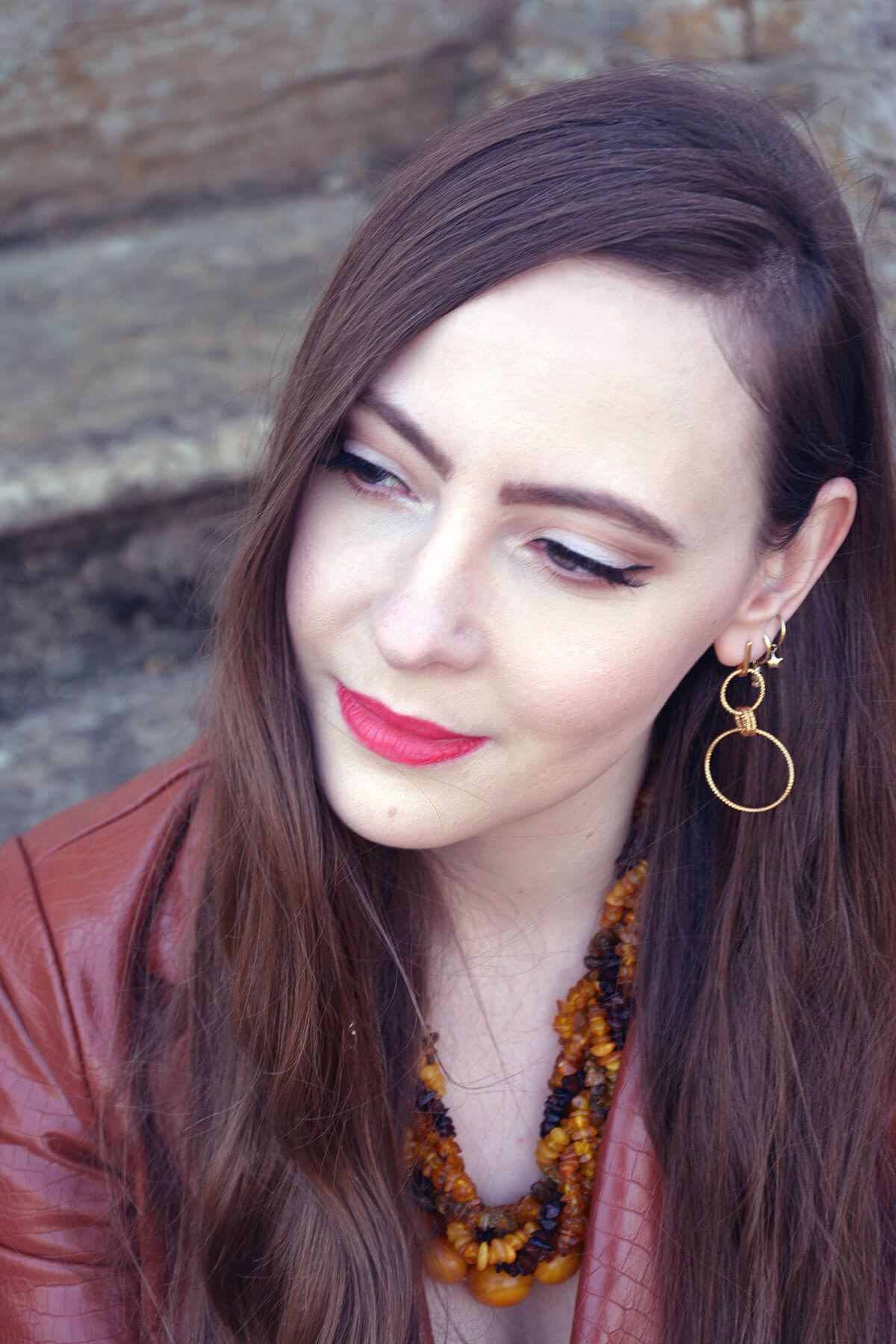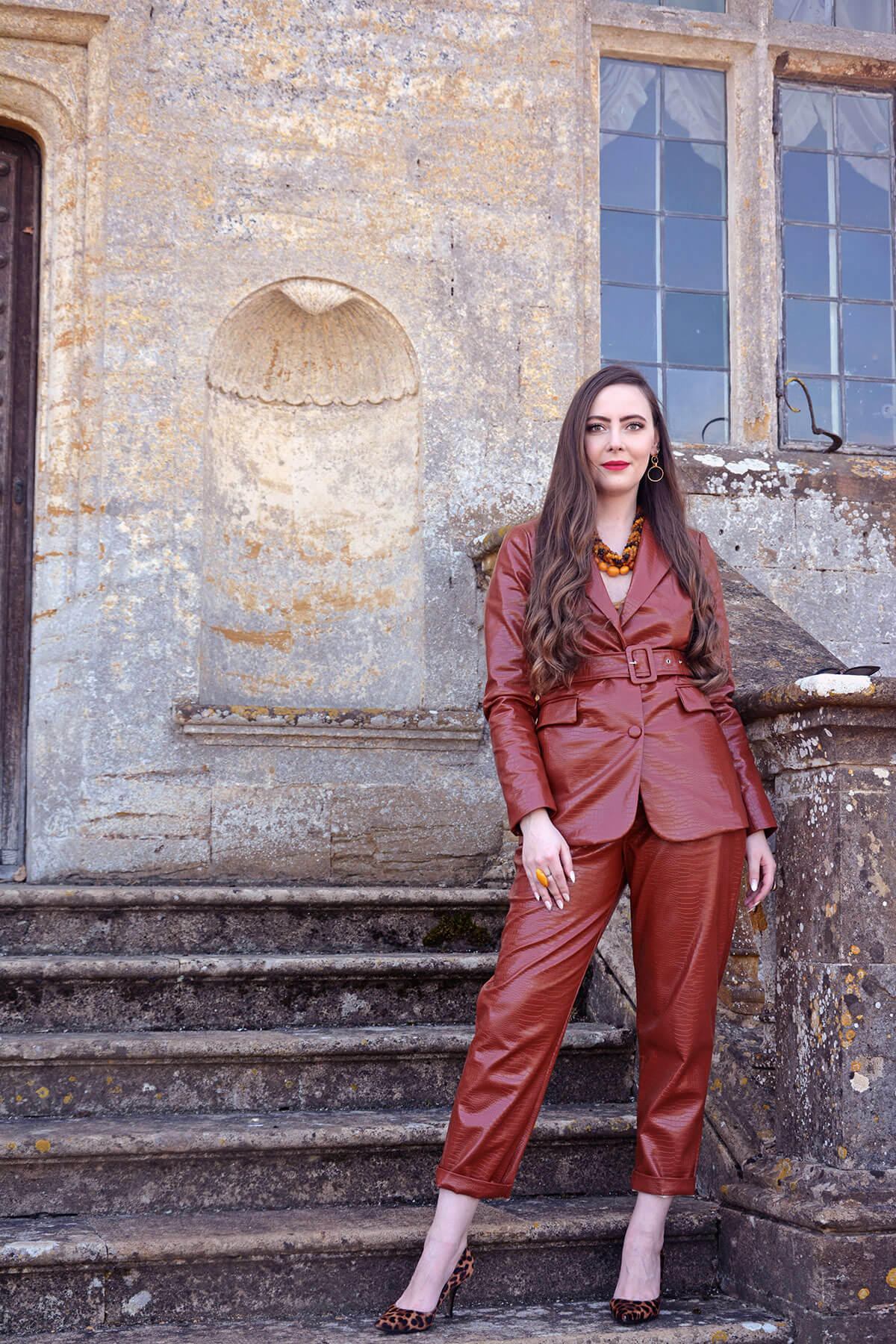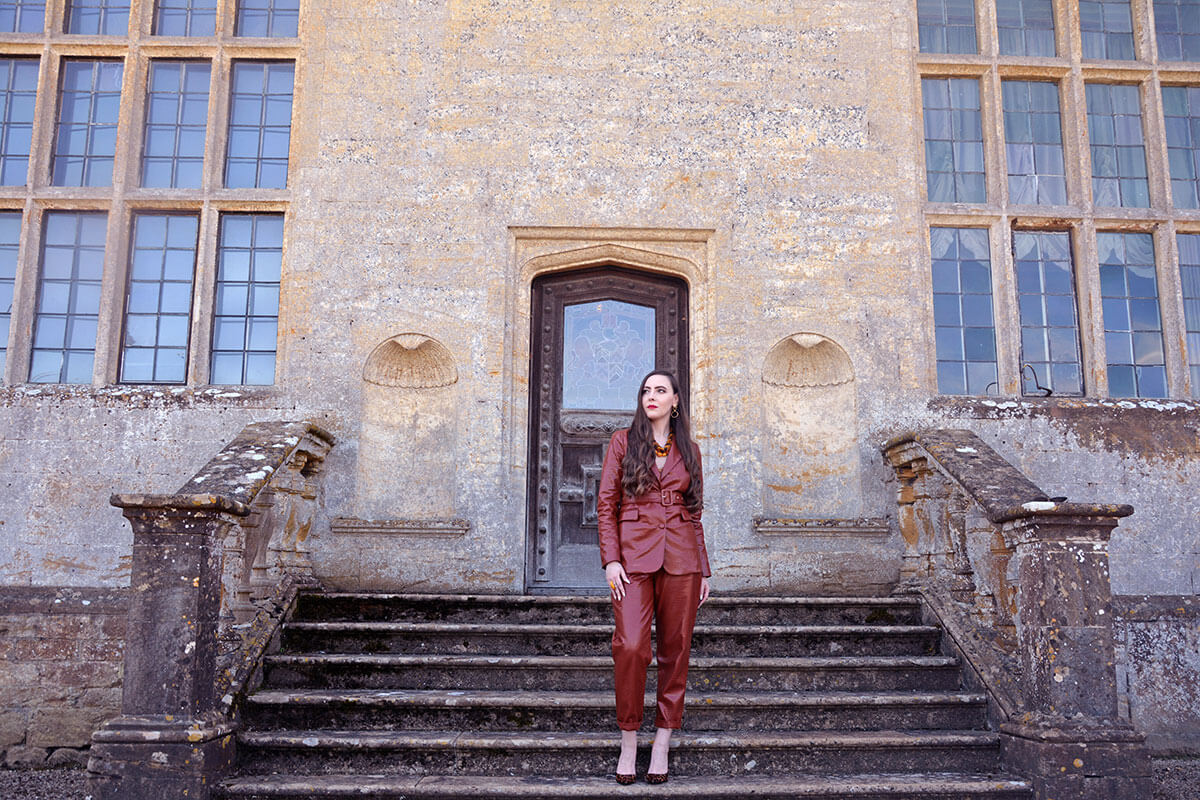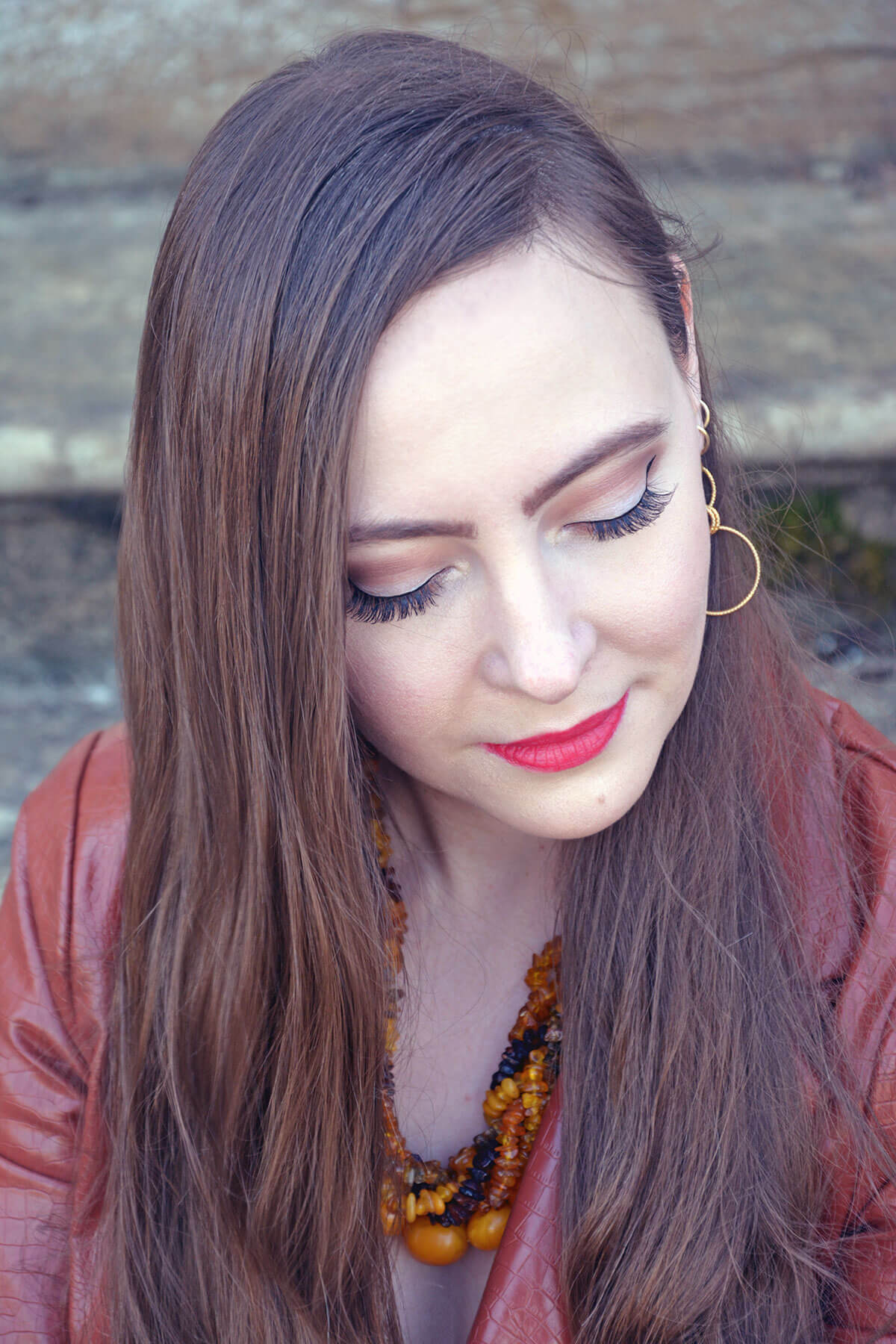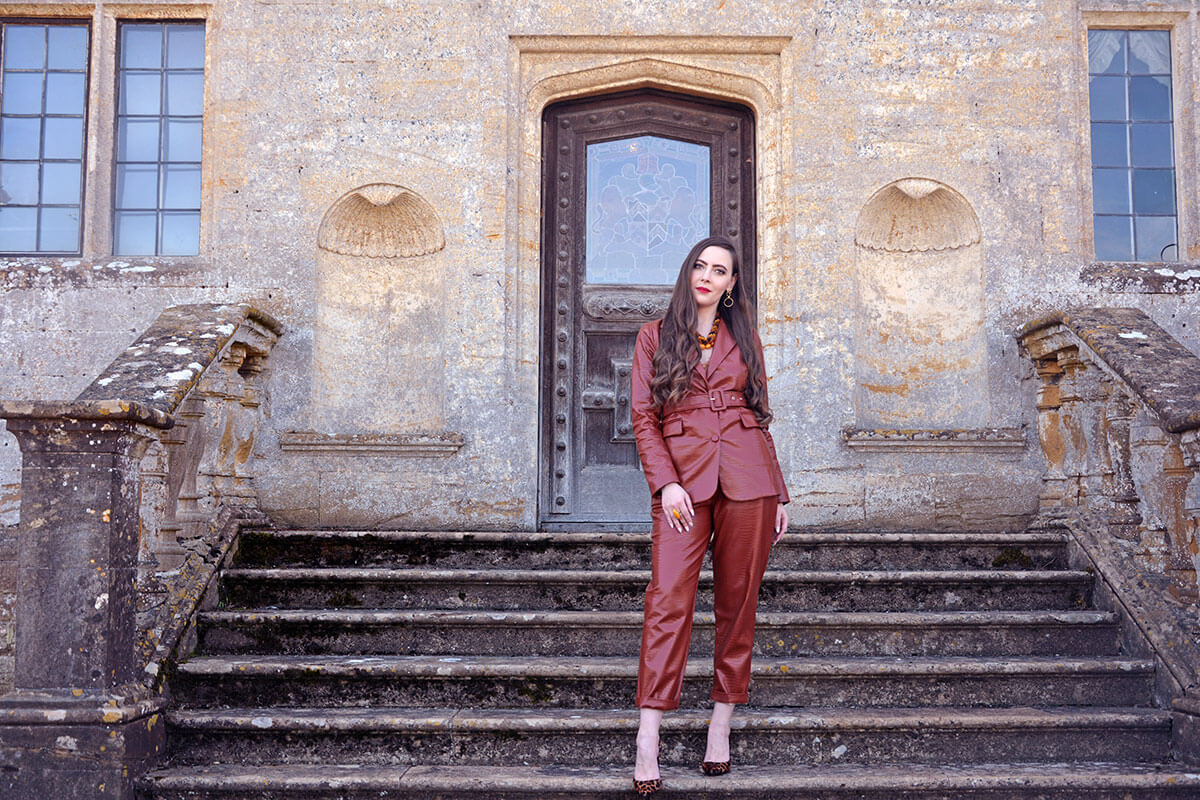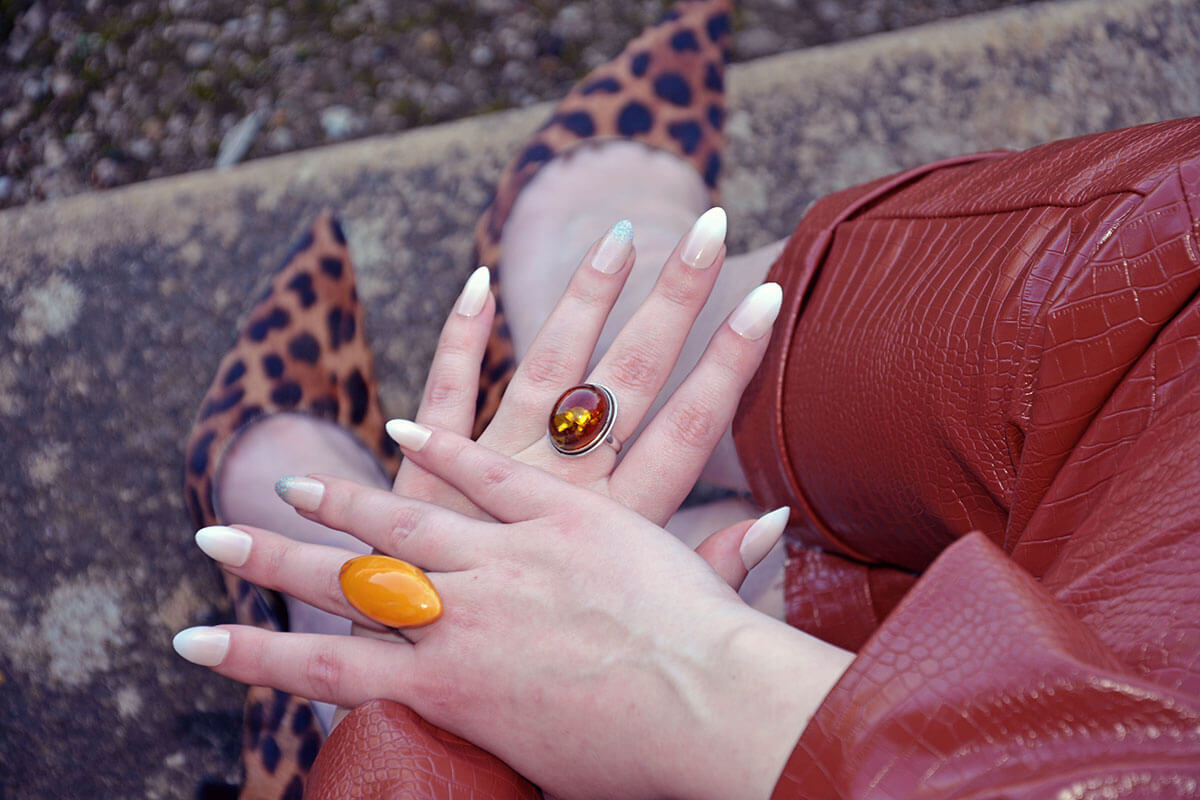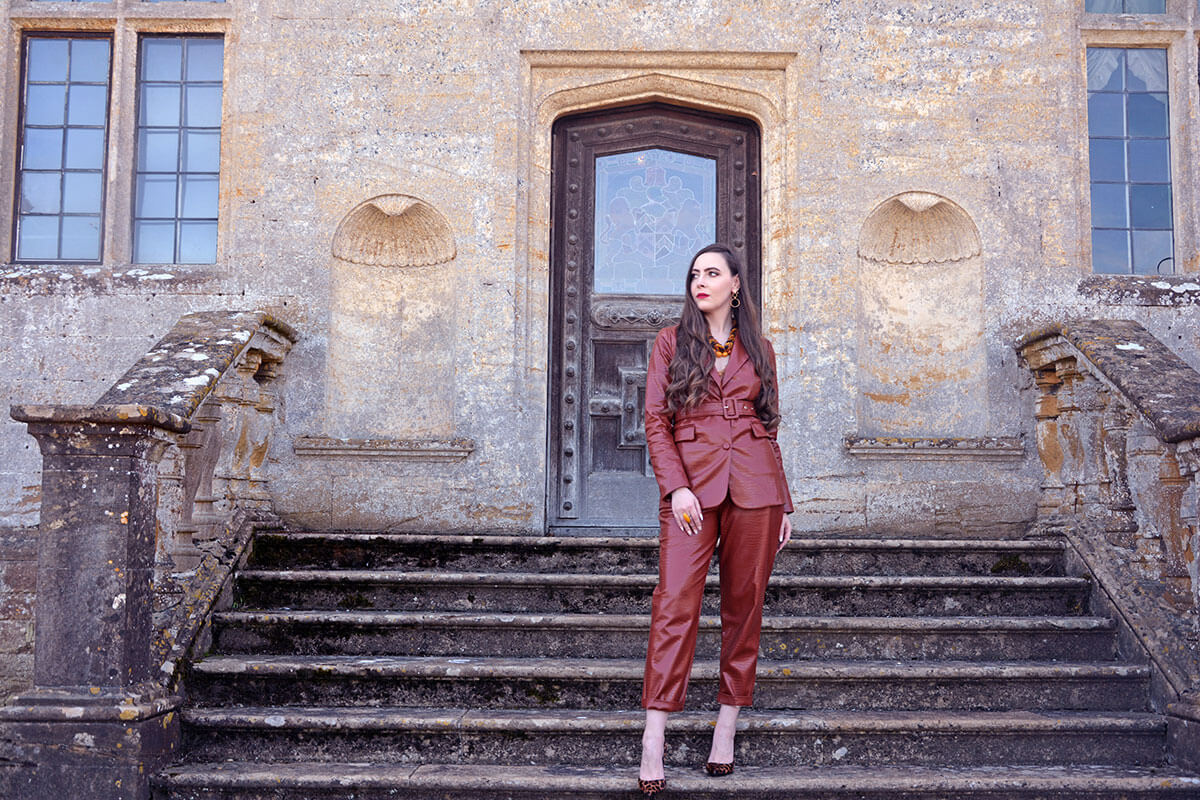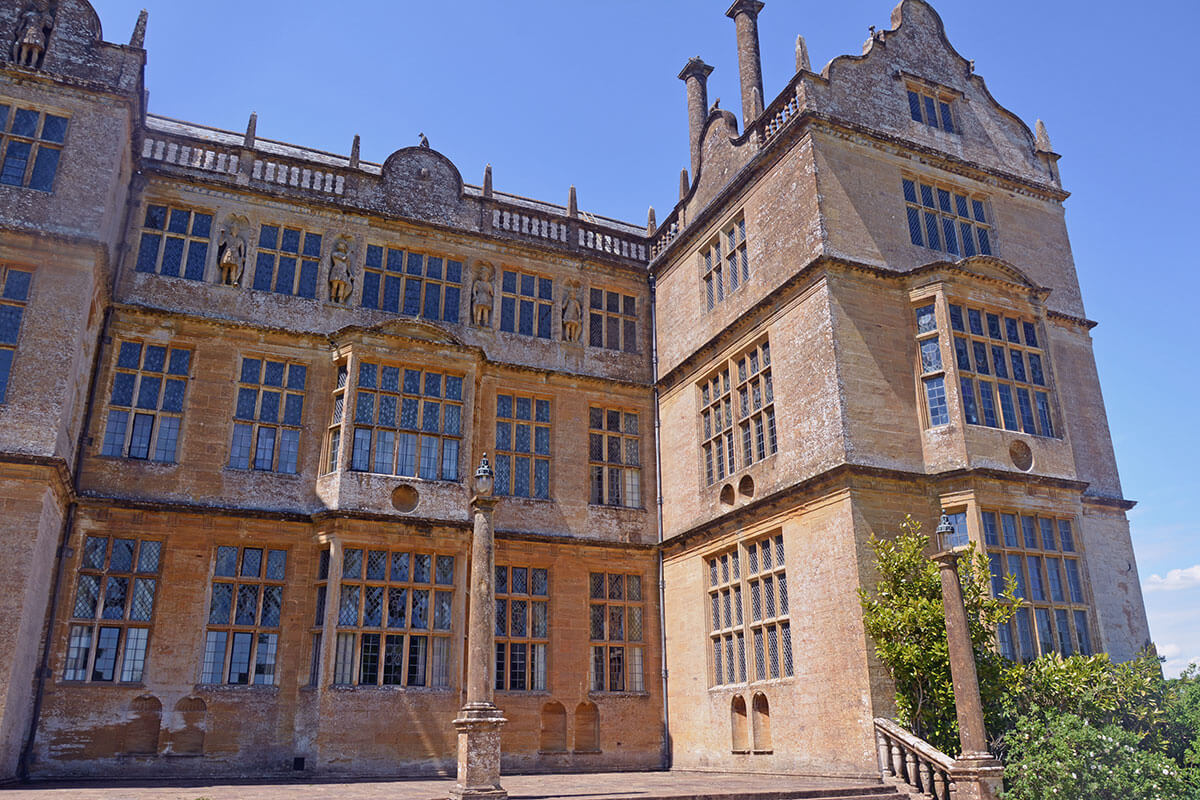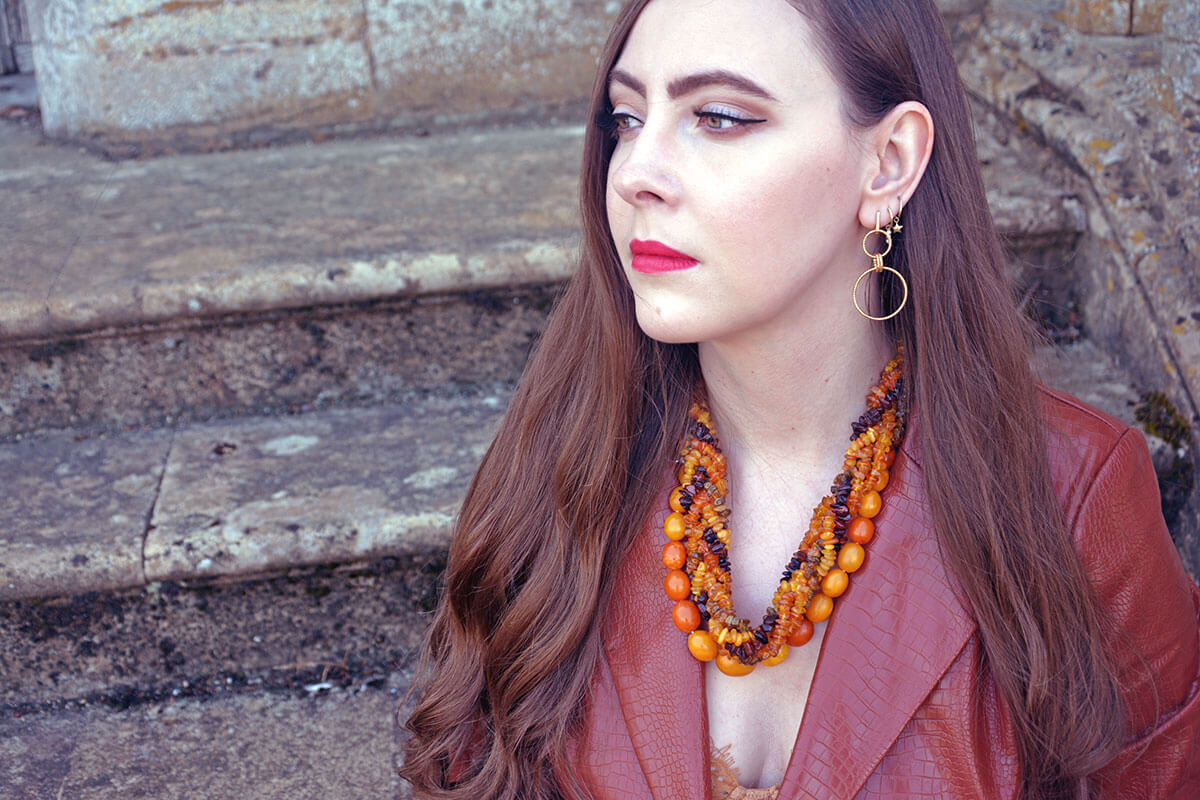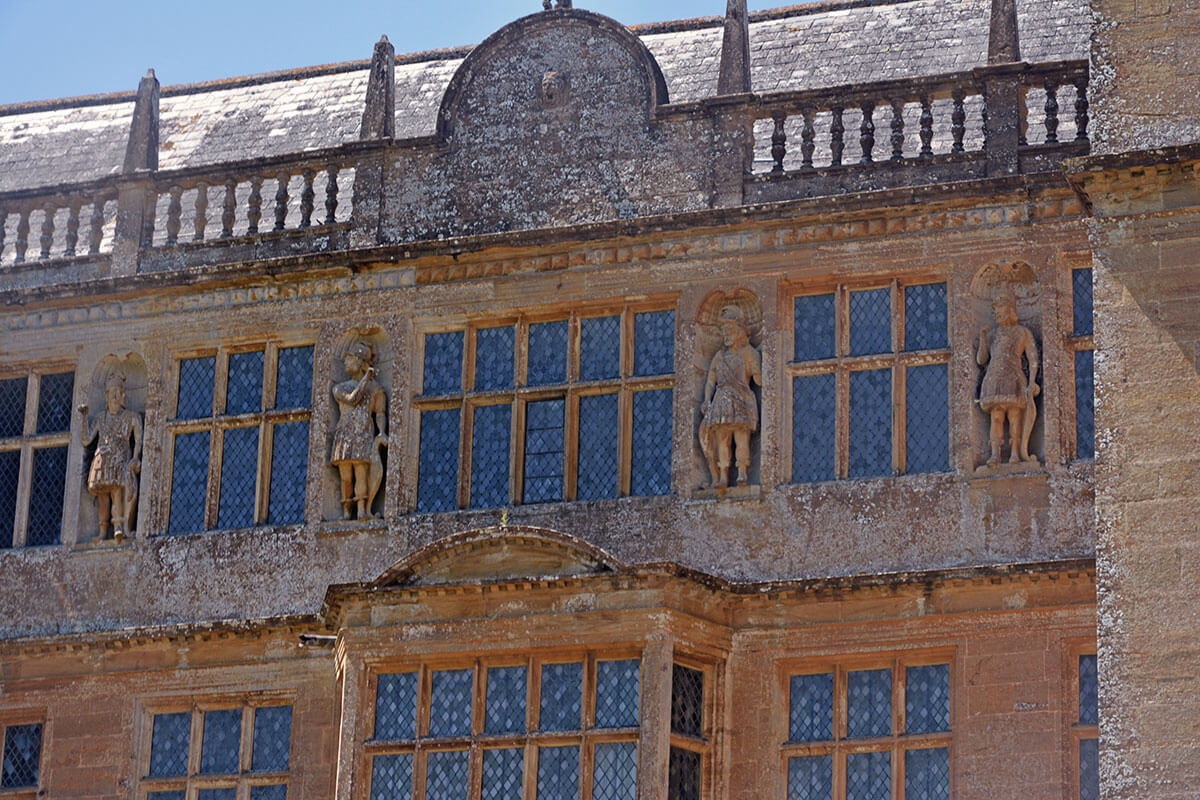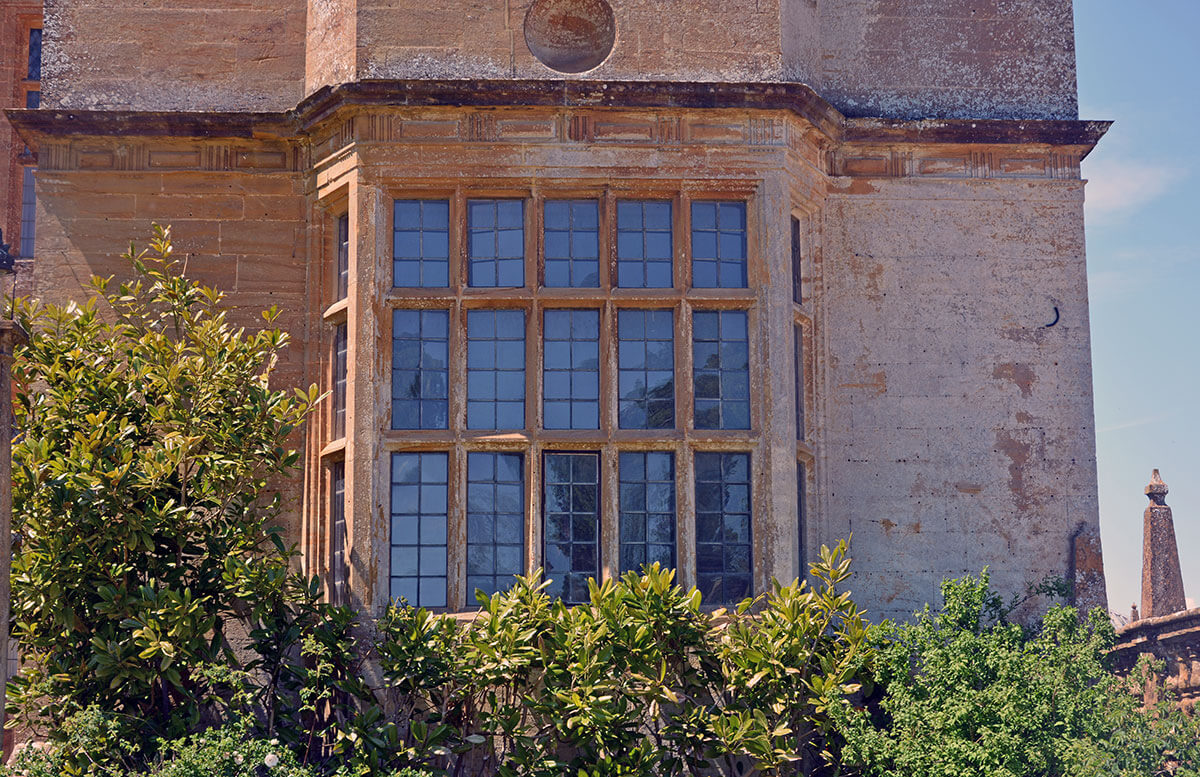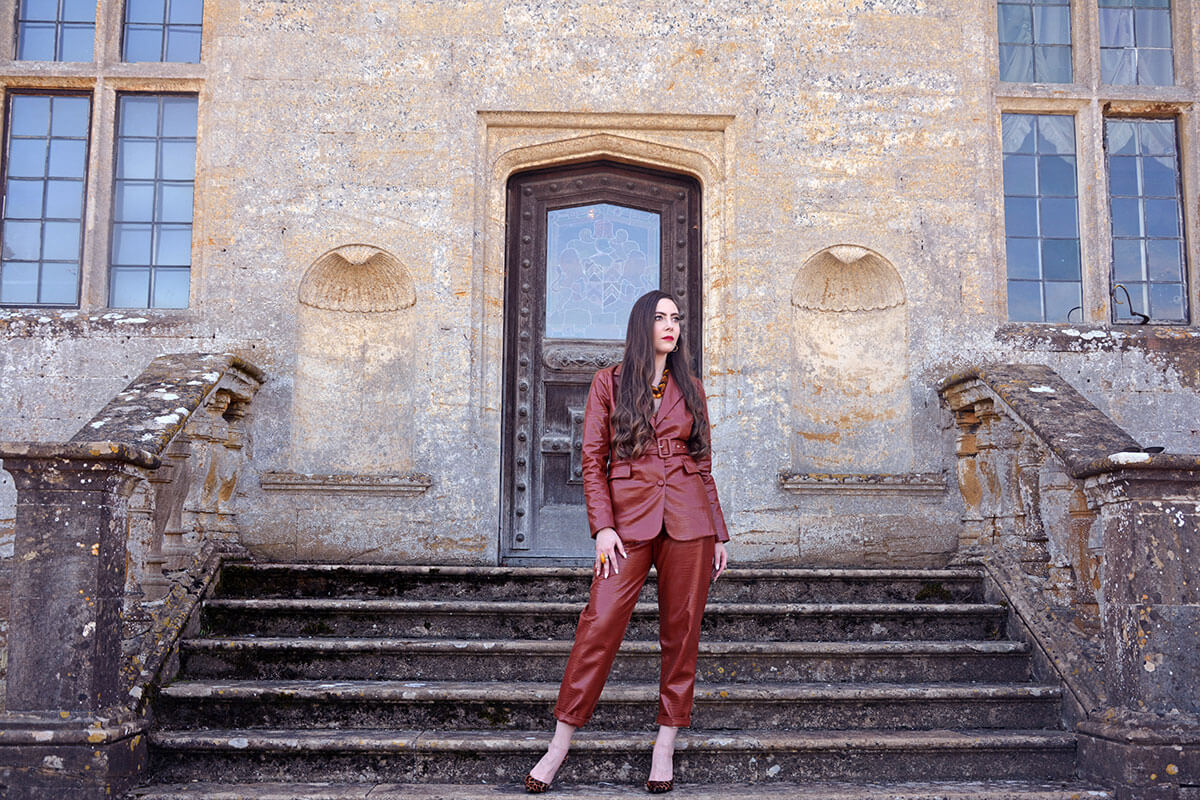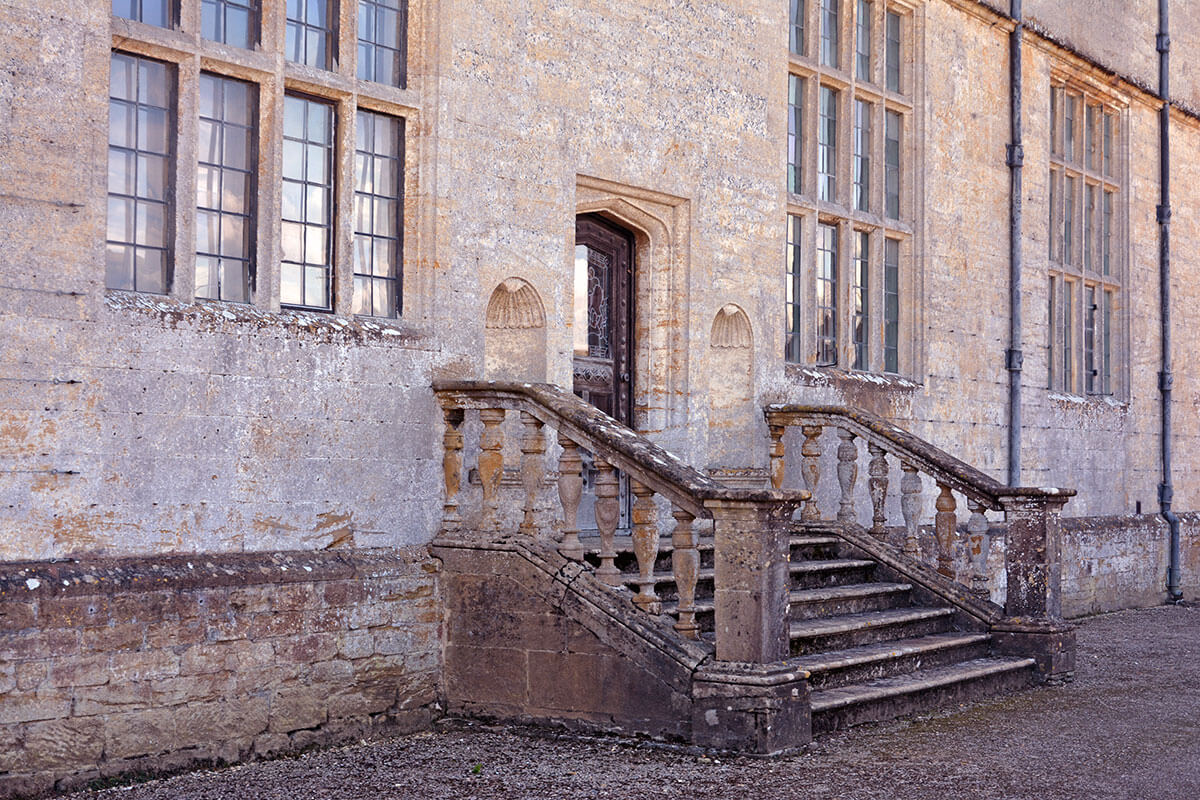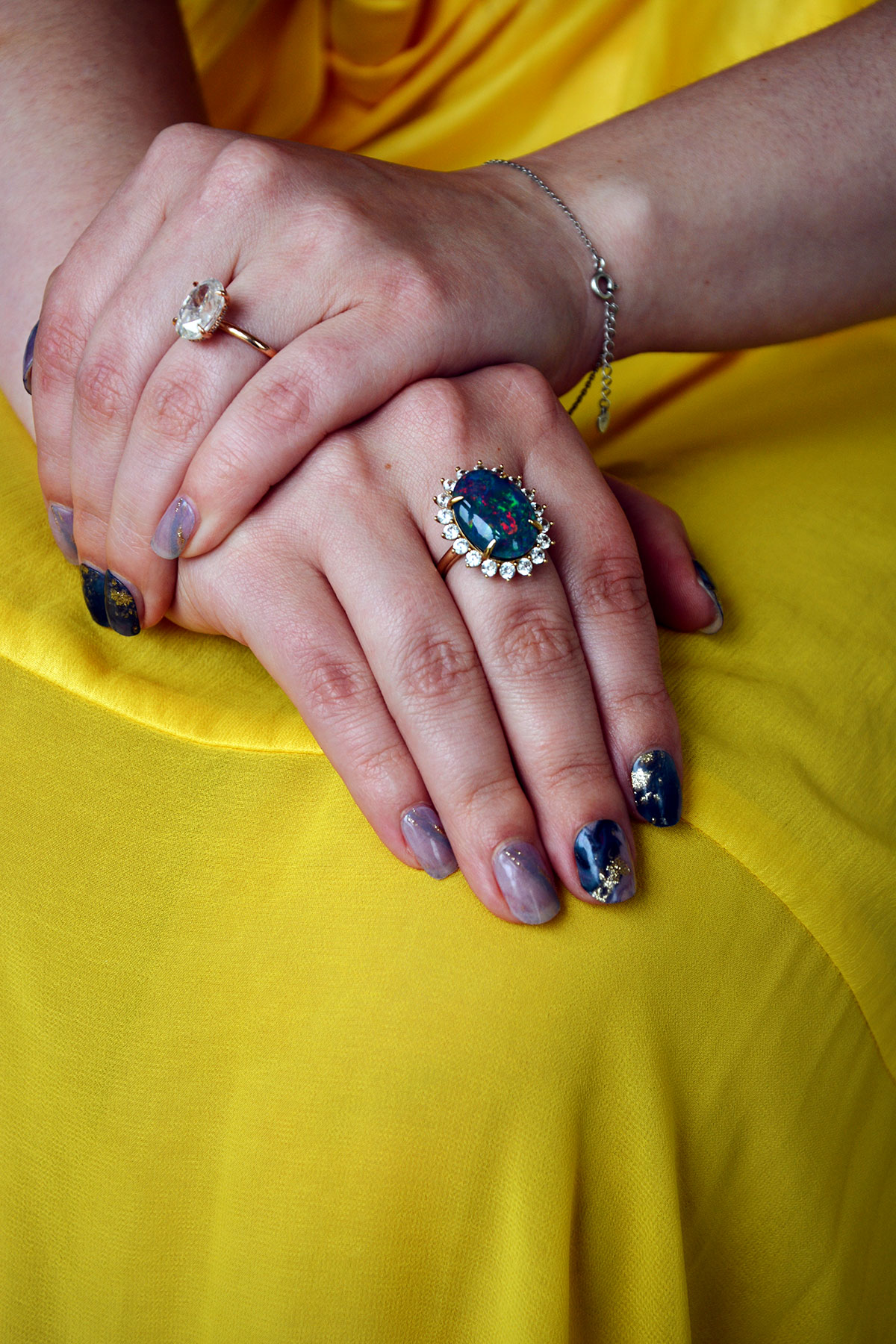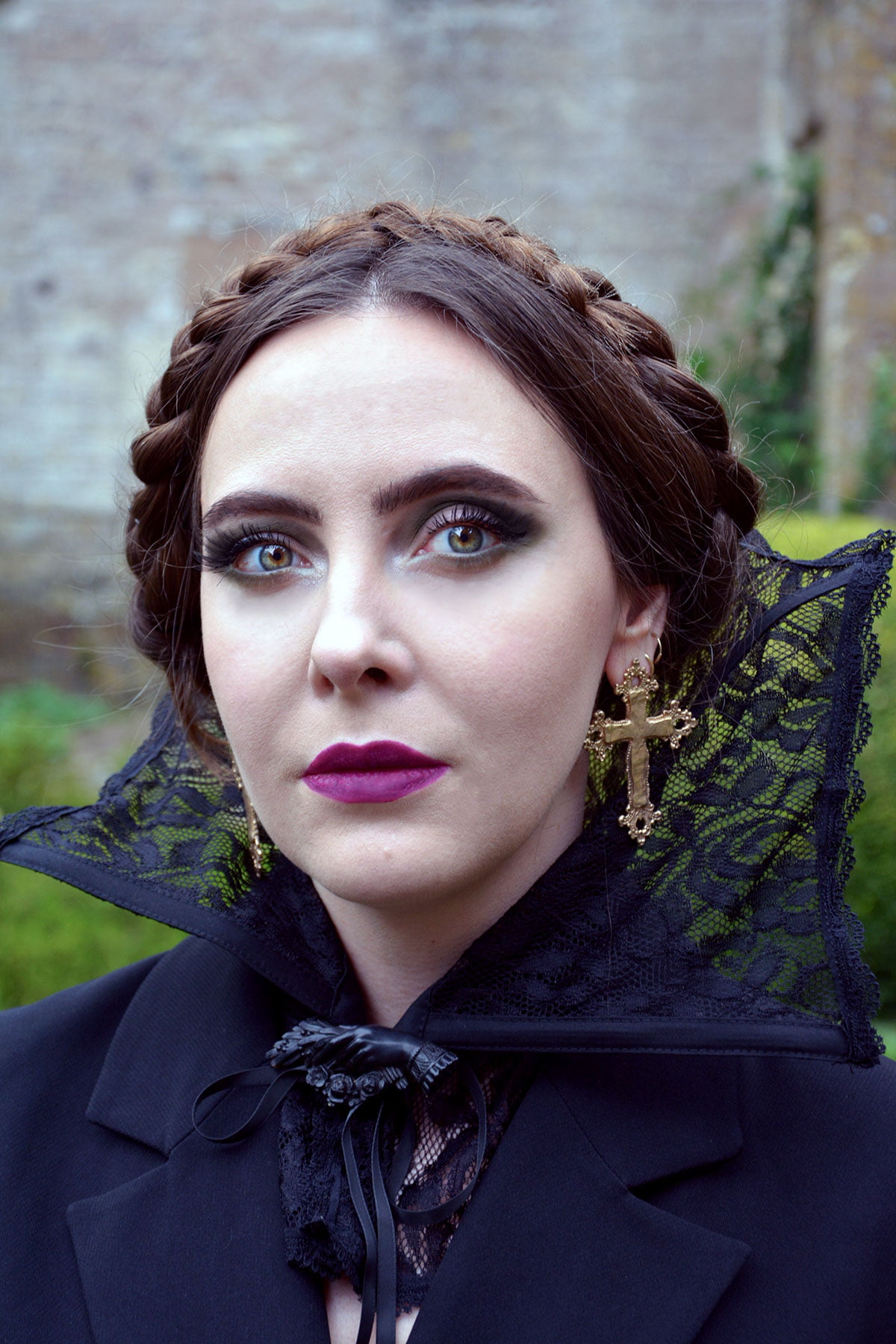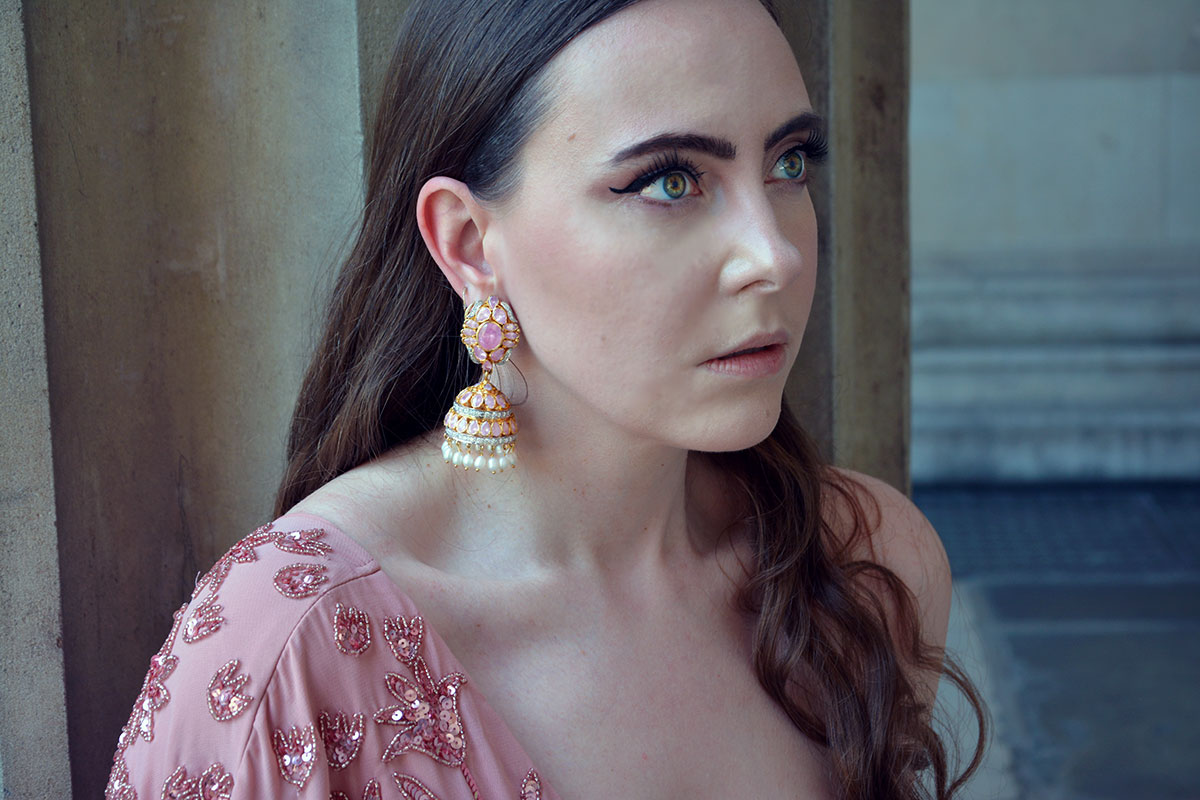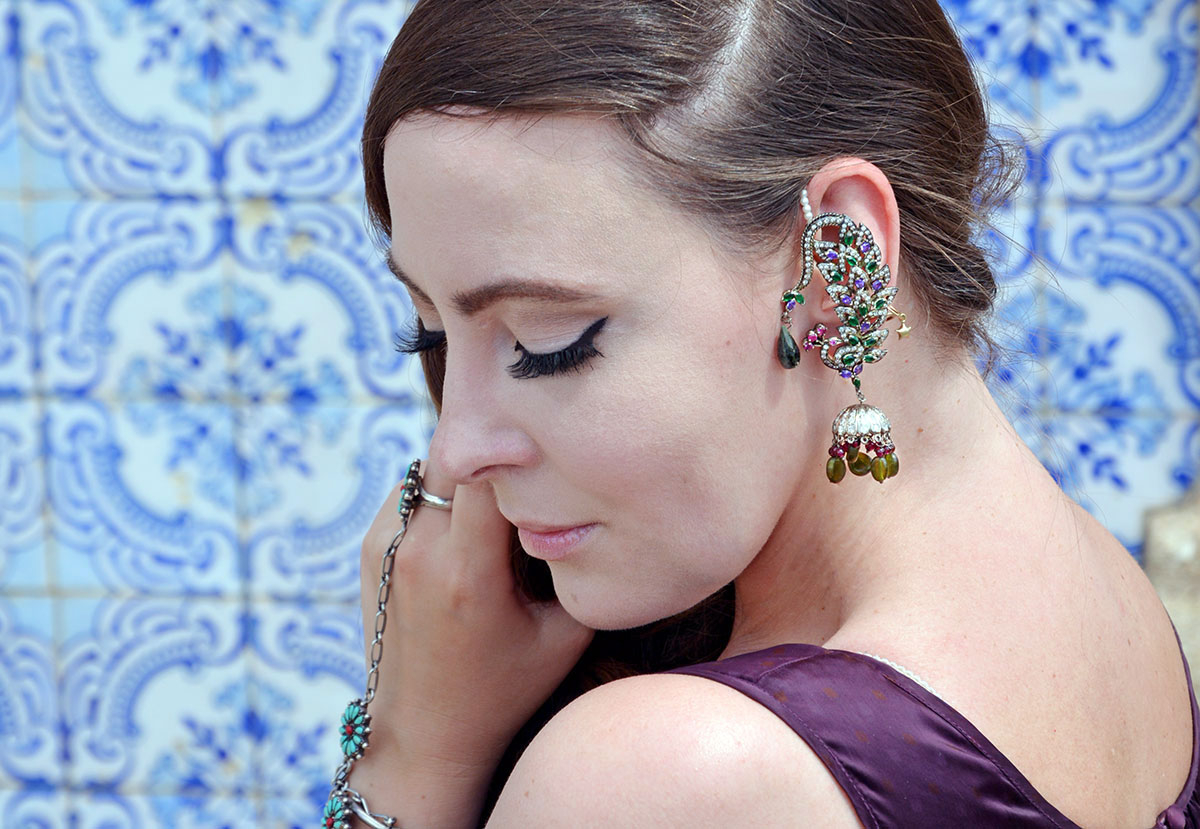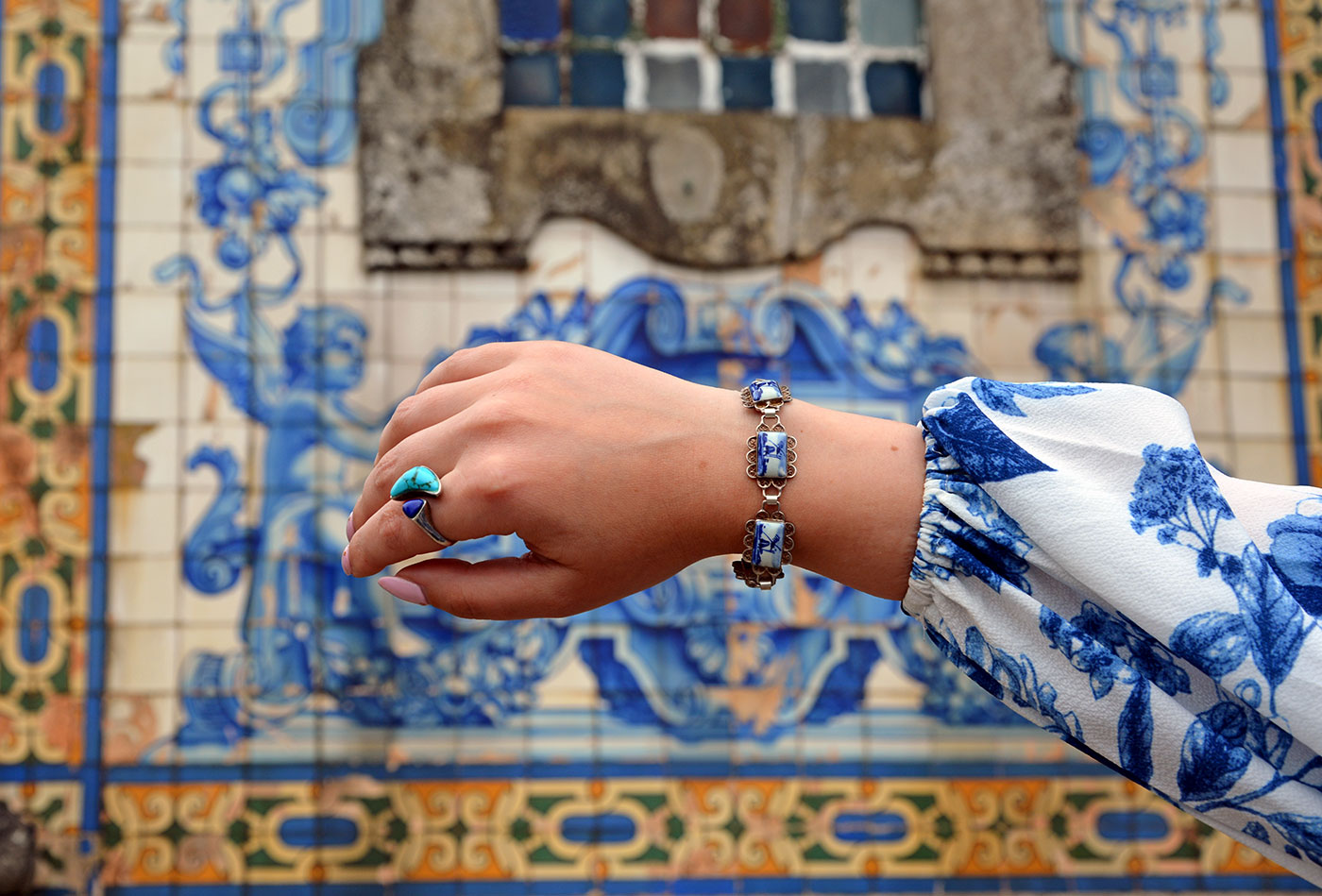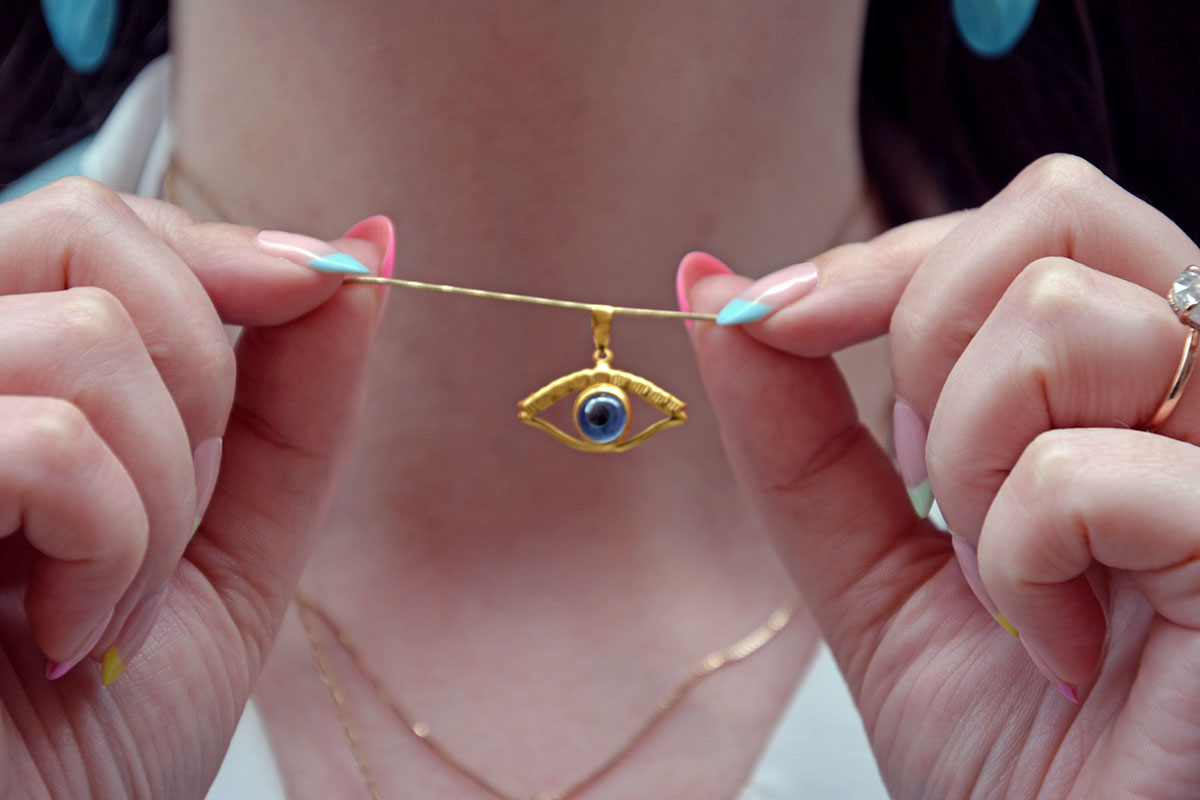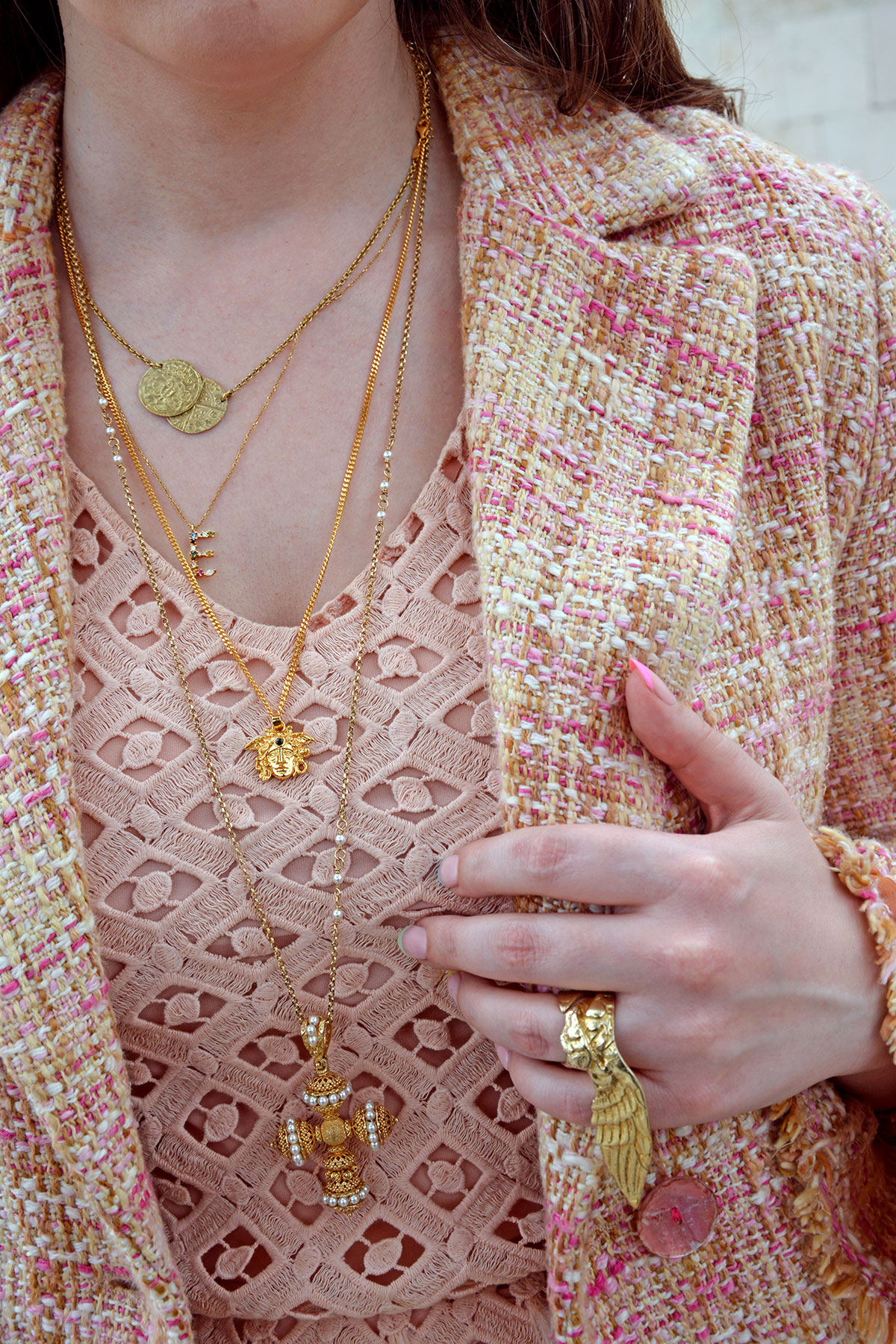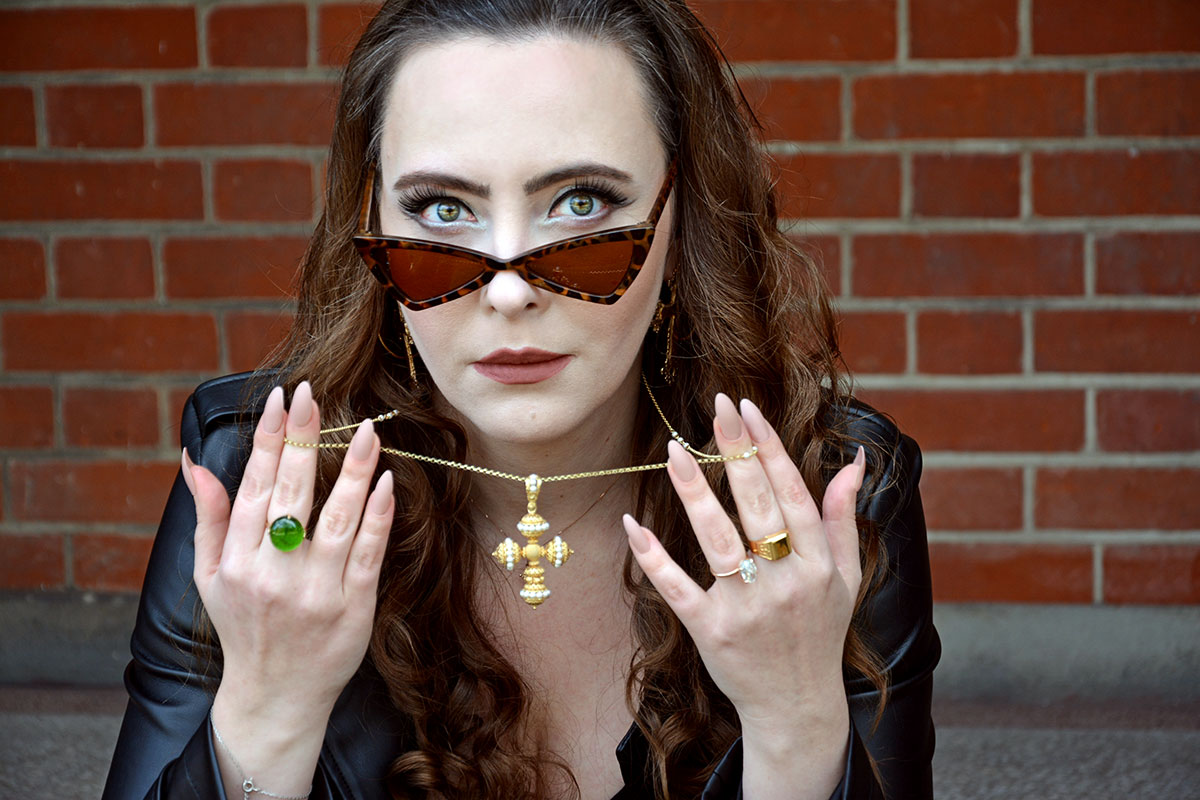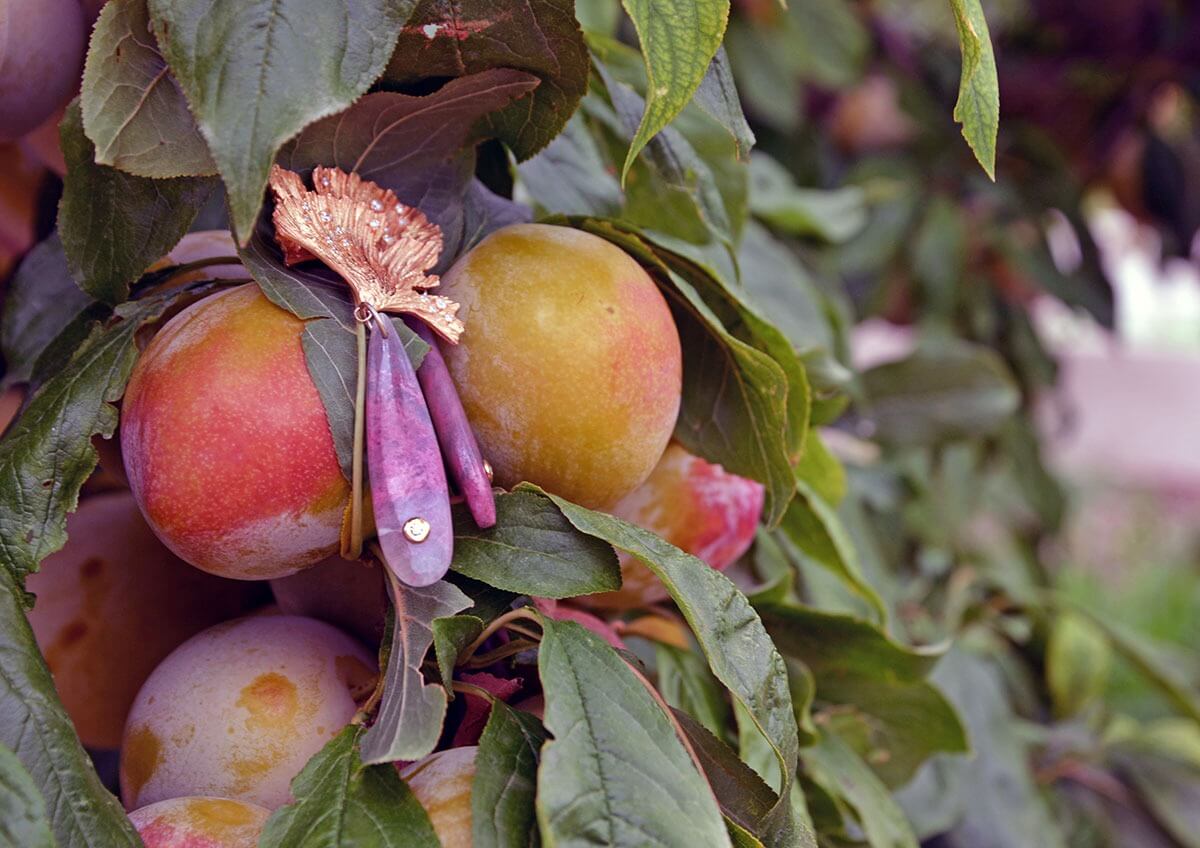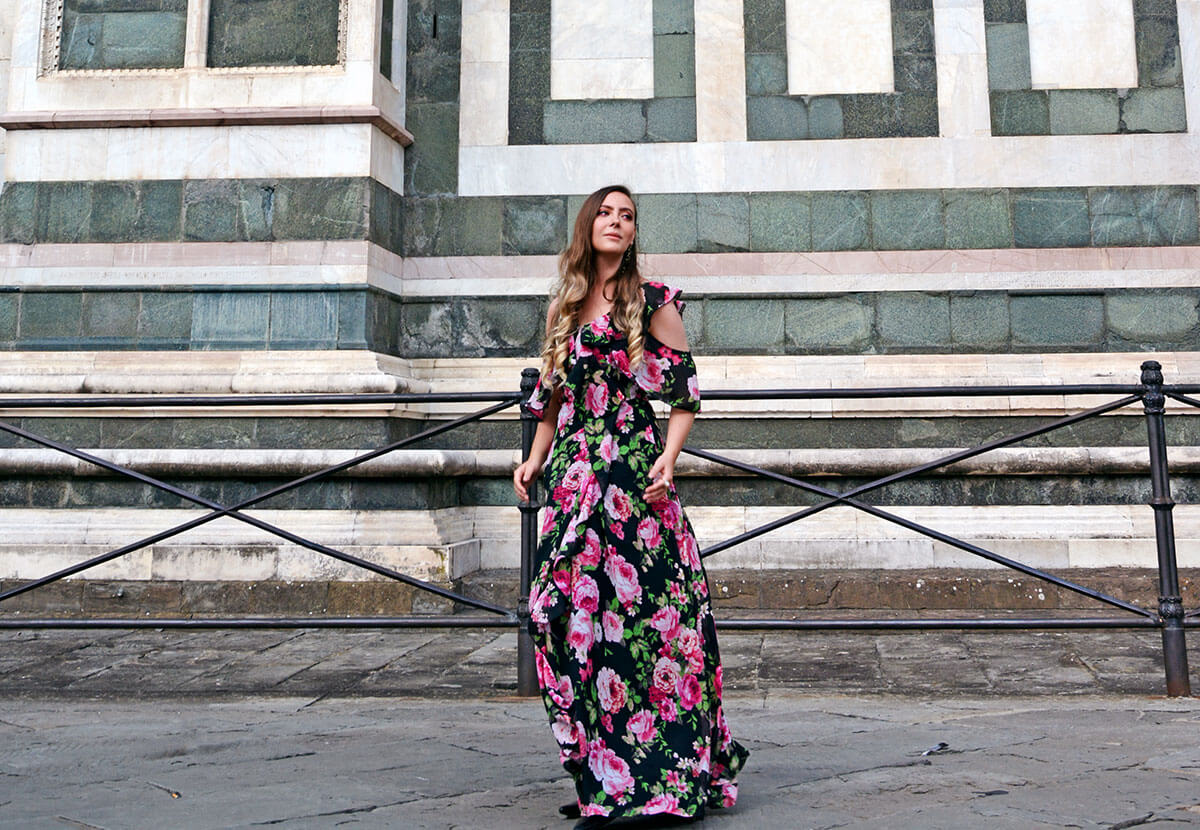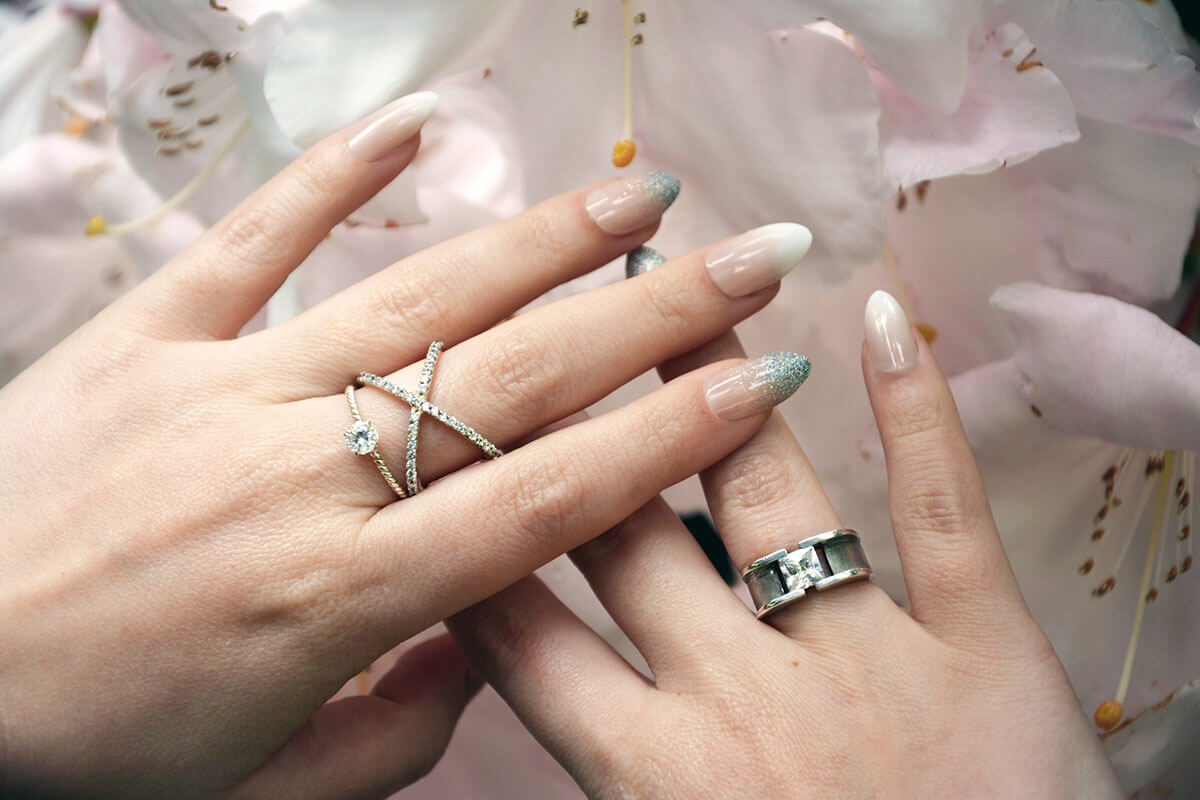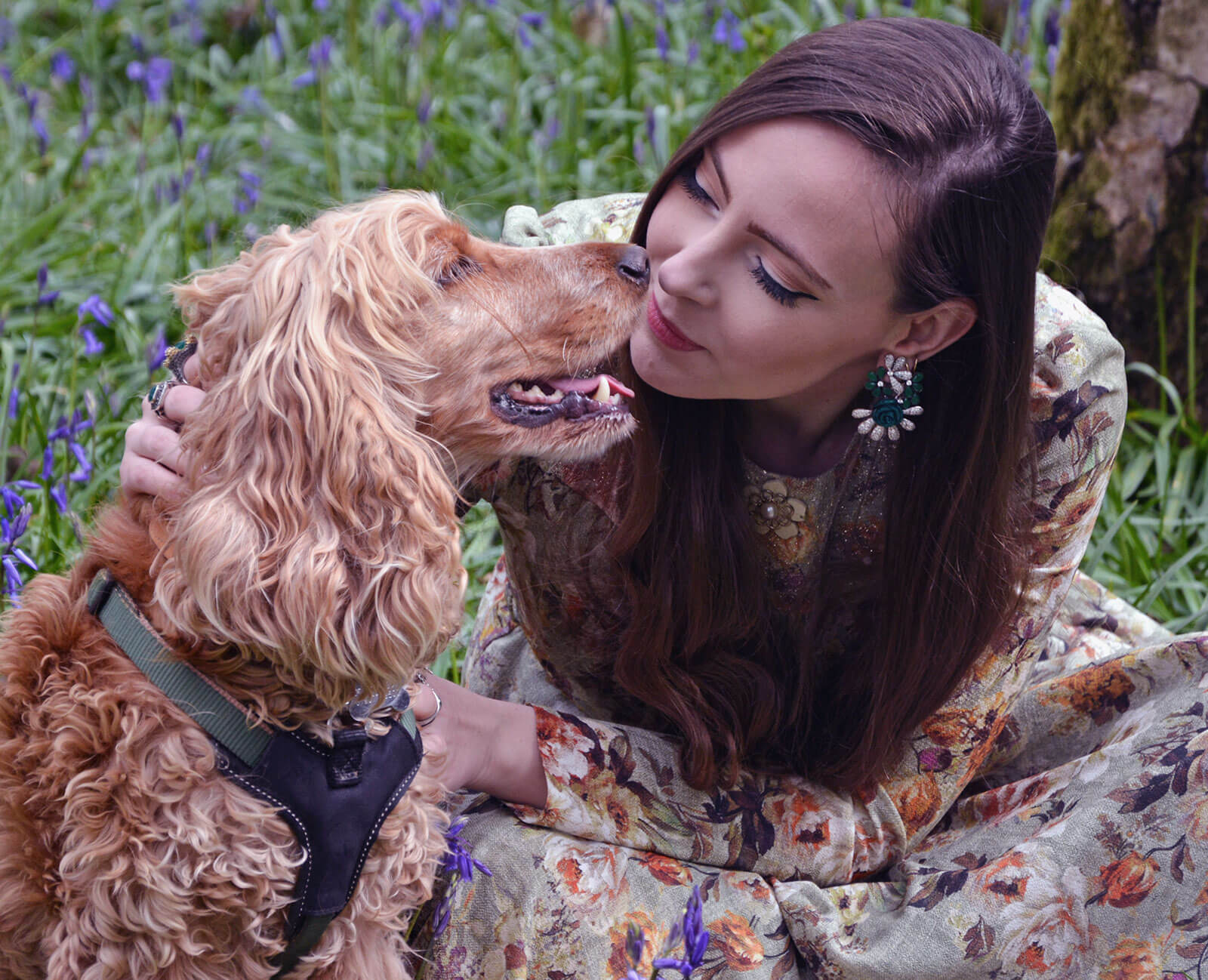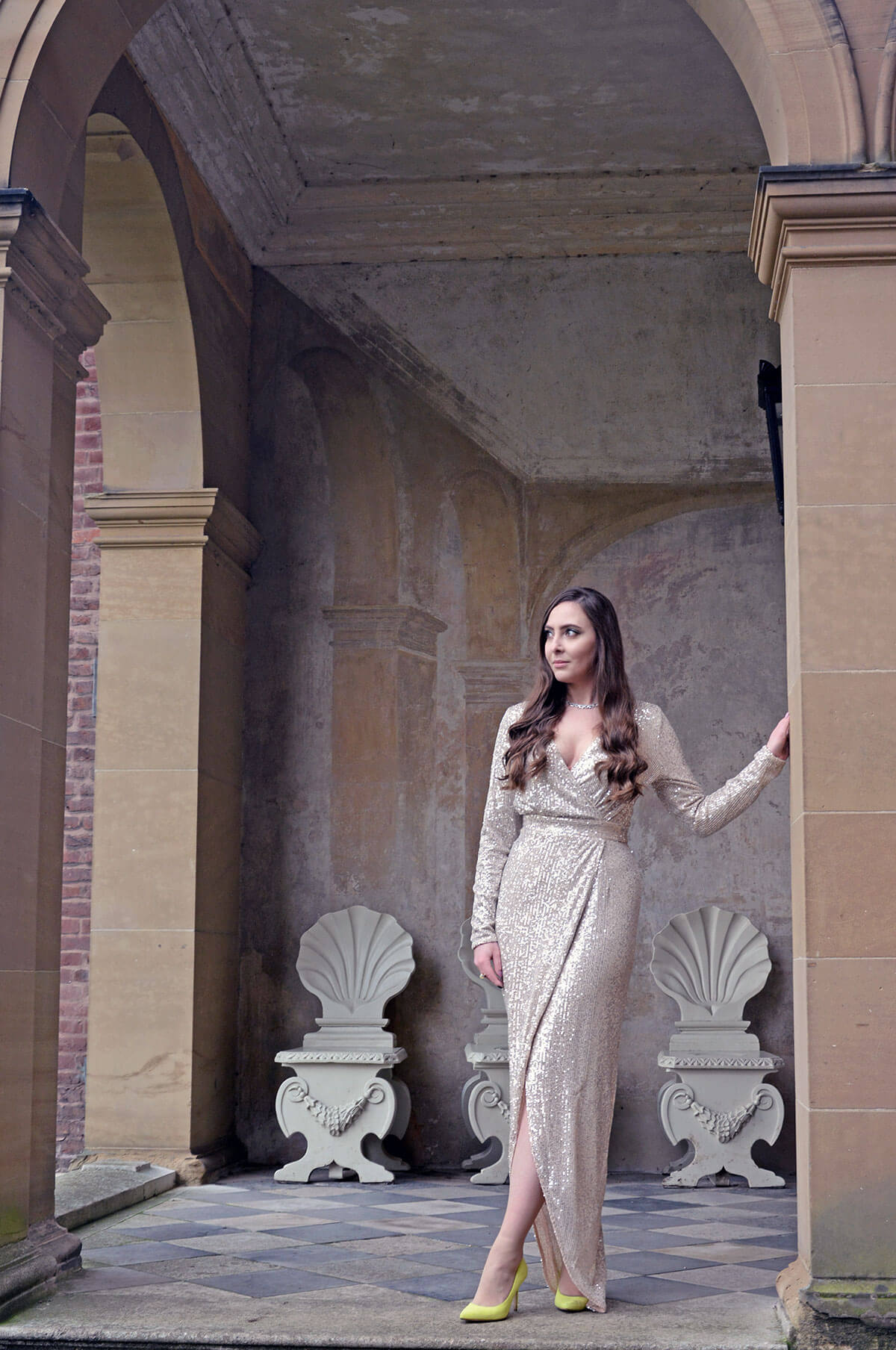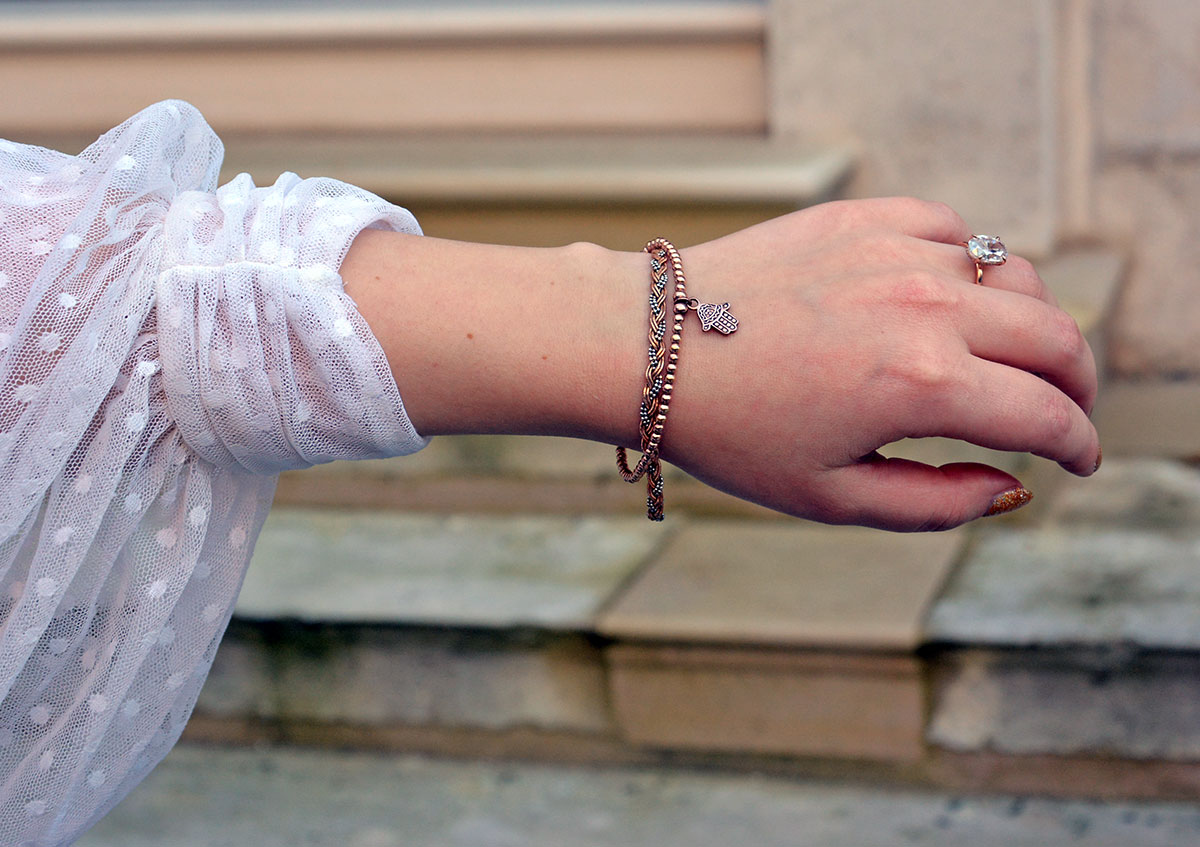Amber jewellery is on a league of its own. It has collectors all over the world going crazy for it, not to mention geologists, physicists, historians and even folk healers, all showing very strong interest in this gemstone. Why such wow?
What is amber?
To put it simply, amber is the hardened resin of ancient trees, most likely pine. But doesn’t it generally come from the Baltic sea? Correct. This is because millions of years ago, the Baltic sea was actually a woodland area. As time passed, the climate changed over and over again, resulting in the ancient woodlands submerging under water, with the resin fossilising and eventually becoming amber. This process was quite lengthy too. While it is hard to date amber that is collected from the seabed, based on the oxygen levels in samples that have been found inland (for example in the mines near Kaliningrad), the rough estimate is that amber can be as old as 40 to 45 million years. Some sources suggest that it may well be even older than that, with the oldest amber piece ever found dating around 320 million years, putting it into the Upper Carboniferous era under the claws of the first reptilians, even before the dinosaurs. Interestingly, this oldie was found in Lebanon.
Amber as a gemstone
Taking our history hat off, it’s time to pop our lab coat on and talk about the characteristics of amber as a gemstone. It scores a very low 2-2.5/10 on Mohs scale of hardness. This means that amber is a very weak gemstone that can easily break, chip or be damaged. It can also dissolve in alcohol and acetone among other harsh chemicals (although this will take an extended period of time), so definitely be careful when cleaning amber that is set is silver and gold. The trick here will be to clean the metals gently without touching the amber attached with the same chemicals. This gem is also flammable – our ancestors have used amber for light instead of wax as it has a very long burn time. But this also means that you should always take your amber rings off when cooking or if you’re next to a fireplace or stove.
Unlike most gemstones, the value of which is murdered by inclusions, included amber is actually much more valuable. This is because these inclusion can be beautifully formed air bubbles, or even organic forms: insects, leaves, twigs or even hair from mammals. These inclusions add value from both geological and evolutionist points of view, as they portray a snapshot of how the world used to look like.
Colours of amber
Amber comes in a variety of colours: From white, to butterscotch yellow, to cherry red and deep brown. It also comes in green, and the rarest amber of all is one that turns blue in the sunlight. This extremely rare amber variety comes from the Dominican Republic (and sometimes from the Chiapas region of Mexico), where you will find a fair amount of amber deposits present. The biggest difference between Baltic amber and Dominican amber, is that the latter is more commonly included with various lifeforms and more often transparent rather than opaque.
Amber jewellery and beyond
Some trends never really go away, and luckily for us, unlike mullet hair, amber is one of the forever-in-style staples. Amber jewellery has been around ever since the Stone Age, around 13,000 years ago. But today, only 15% of all amber found – either mined or picked from the sea after stormy weather – makes the cut to be included in jewellery. But what happens to the rest?
Amber is often featured in luxurious interior design – for example the infamous Amber Room in the Hermitage Museum of St Petersburg, that was constructed in the 18th century, then disappeared during World War II, only to be reconstructed in 2003 to continue celebrating its splendour. Otherwise, amber is used in trinkets and souvenirs (my least favourite being amber trees, where amber chips form leaves), folk healing as well as helping small children with teething pains. Plus, it is often used as incense, but it is very rarely used in perfumery. The musky smell of amber you may have had in some of your scents is actually synthesised to resemble what we would like amber to smell like, when in actual fact, it has no to little fragrance unless it’s burning.
Faking amber
Just like any gemstone out there, amber has its own wannabes. Here are some terms to be vigilant about:
- African Amber: This is synthetic resin, also known as bakelite. It originated in Germany and made its way to African artisans in-between the world wars as an alternative to hard-to-obtain amber beads. This doesn’t mean that bakelite pieces from Africa are not valuable – they can be, but collectors are keen on the historical significance of the so-called African amber, rather than the material.
- Copal: If we are thinking about age, copal is basically baby amber. It is also resin, just like amber, but the difference is that it is much, much younger. Think thousands of years instead of millions. Copal is often also sold as “young amber”, and when not used in jewellery, it is used as varnish for wood, as well as incense and light for ceremonial purposes by indigenous people of Central America.
- Other natural fossilised resins that are mistakenly called amber: These include Burmese amber known as burmite, Romanian amber called rumenite and simetite from Sicily.
- Glass: Glass is often used to imitate amber as well, though this is much easier to distinguish. It’s cold to the touch, does not burn, and is generally more solid.
- Plastic: If your new amber necklace looks slightly too perfect, for example, the colours are too uniform, the size of the beads is exactly the same, and it’s deceptively light – your amber is most likely plastic. Plastic types of amber simulants include: cellulose nitrate, epoxy, styresol, casein, celluloid and more. Though bakelite mentioned above is also a type of plastic, it deserves its own mention due to the rich history of the material’s journey to Africa.
Personal amber collection
I have always been very careful with amber. I feel amber has a very strong resemblance to me. You see, we both have only two modes. I either look like a troubled teen in a tracksuit or photography ready. In the same way, amber jewellery is either so ultra modern, it almost looks experimental, or so traditional and old-fashioned, it may be best to leave it in your grandma’s jewellery box. I felt it was my mission to break this mental limit I had with amber, and find an in-between. This is why I styled my amber pieces with an edgy full leather-look suit.
All of the pieces of amber I am wearing in the photos have stories attached to them:
- The amber chips necklace: I bought as a gift to myself on my first trip back to Vilnius after fully relocating to London.
- The chunky amber beads neckpiece: These buttery beads belonged to my great, great grandmother Wanda, and is one of the very few remaining pieces that survived from her.
- The sterling silver butterscotch amber ring: My mum found it on the street when she was a teenager.
- The sterling silver bubble amber ring: A gift from my partner upon his first visit to Vilnius.
How do you feel about amber jewellery? Do you wear it or collect it?

